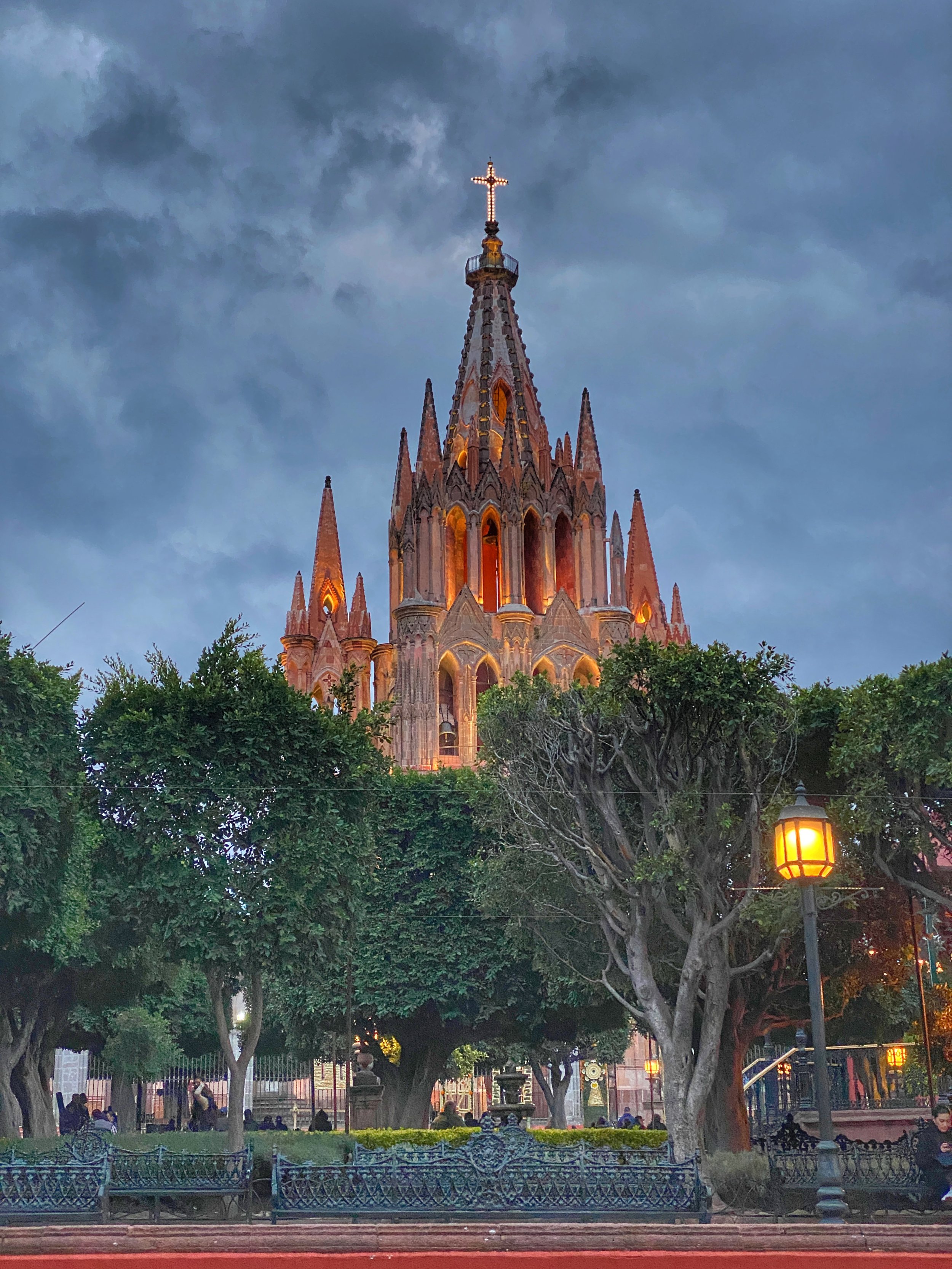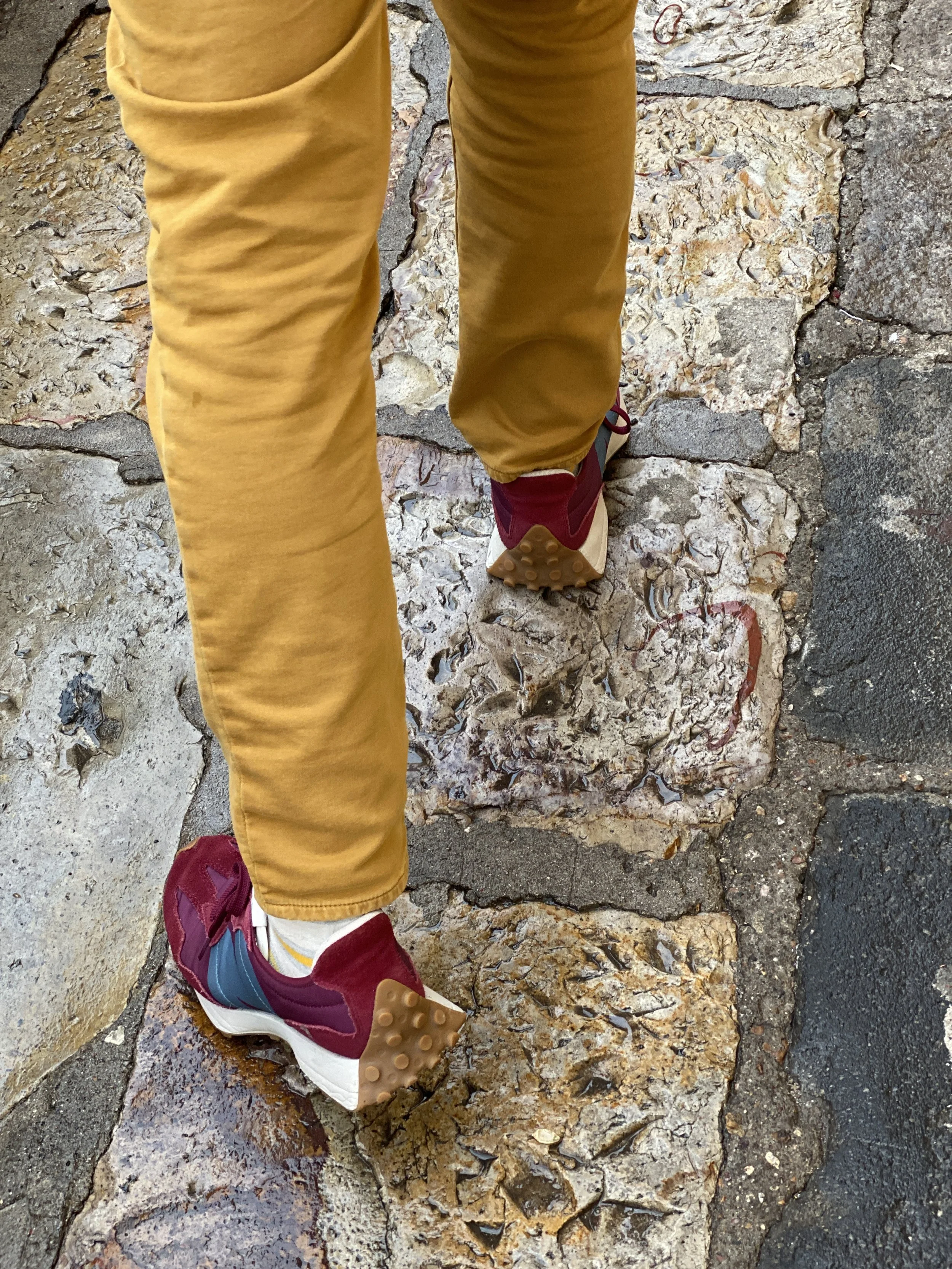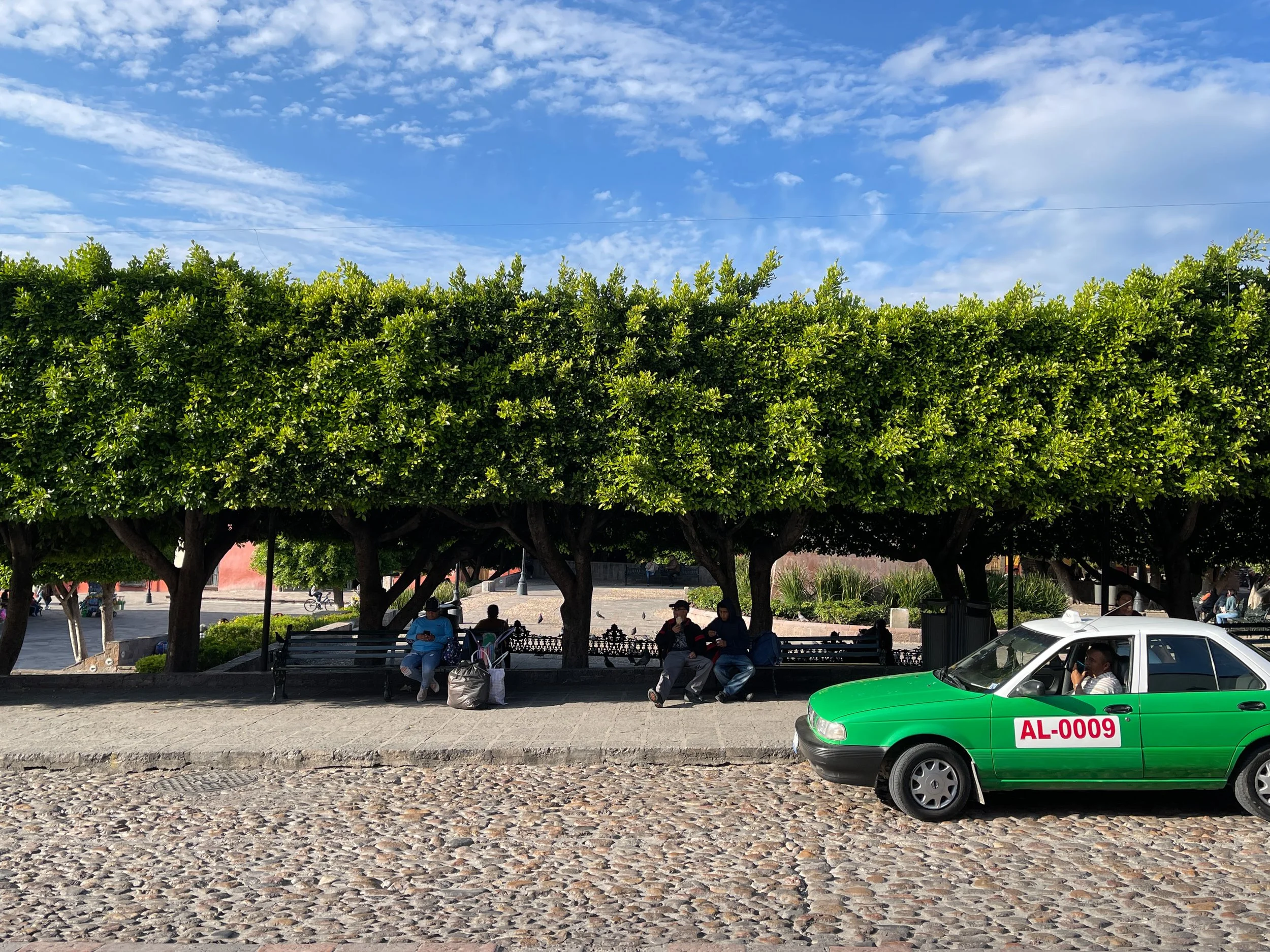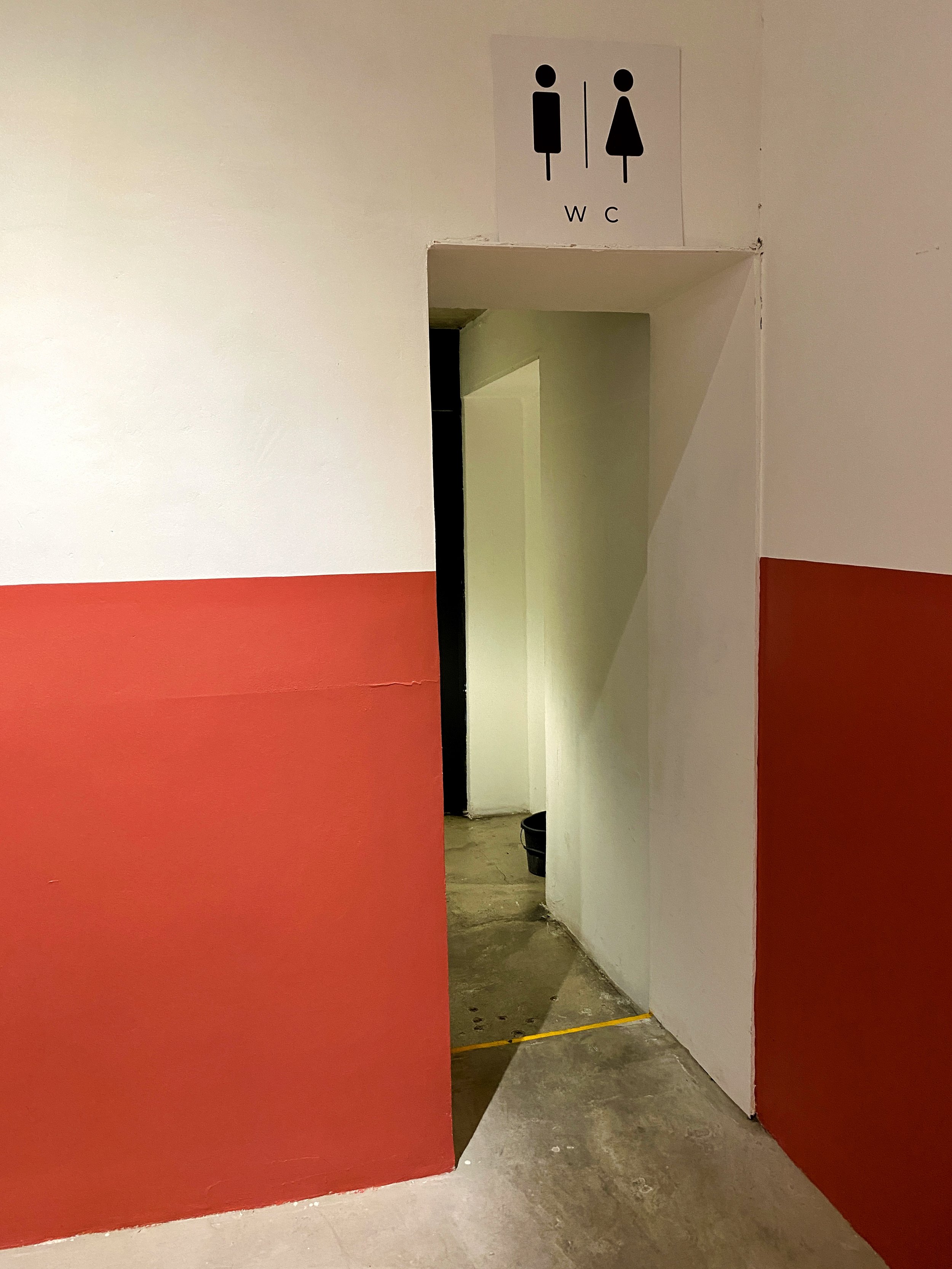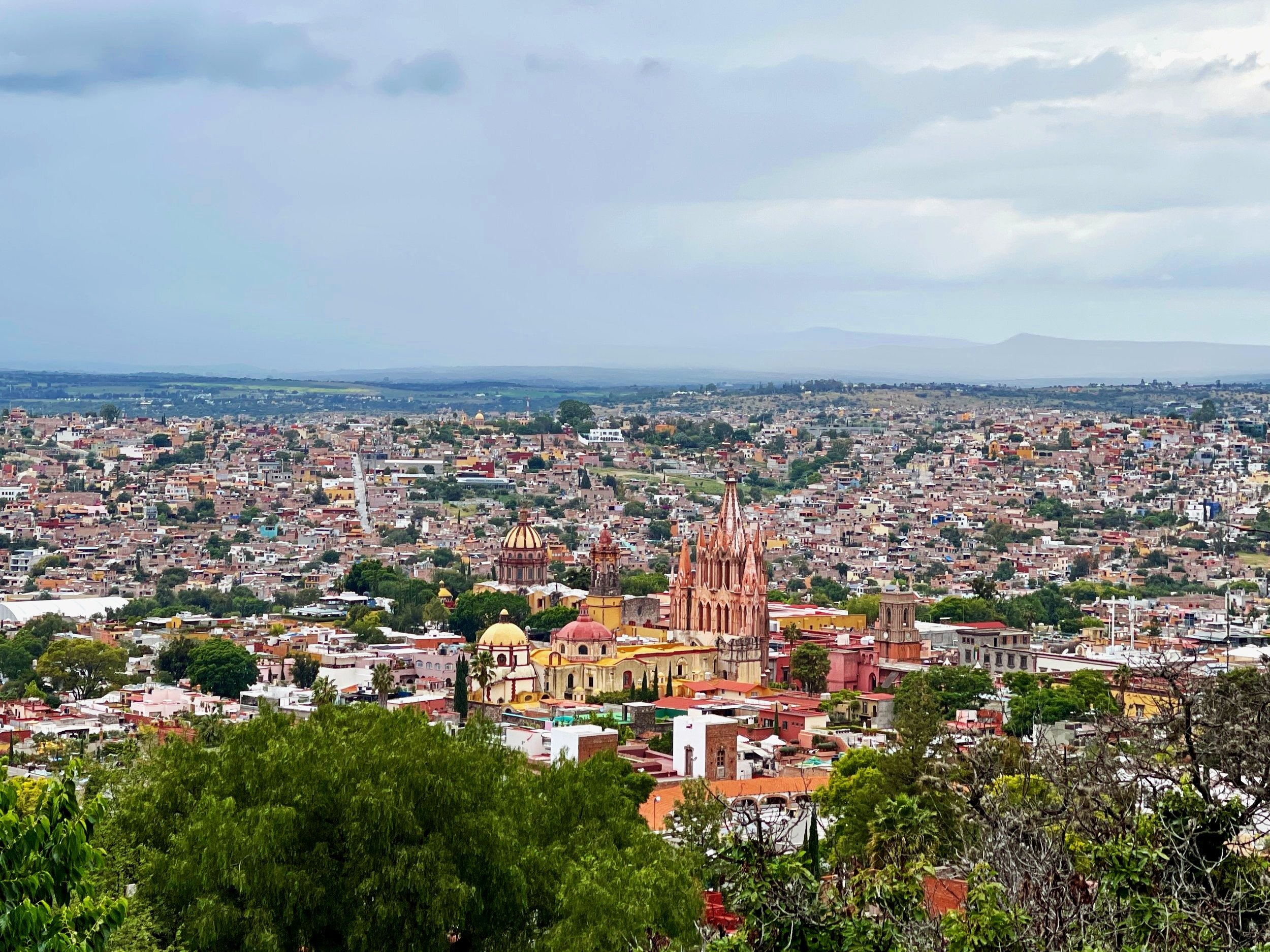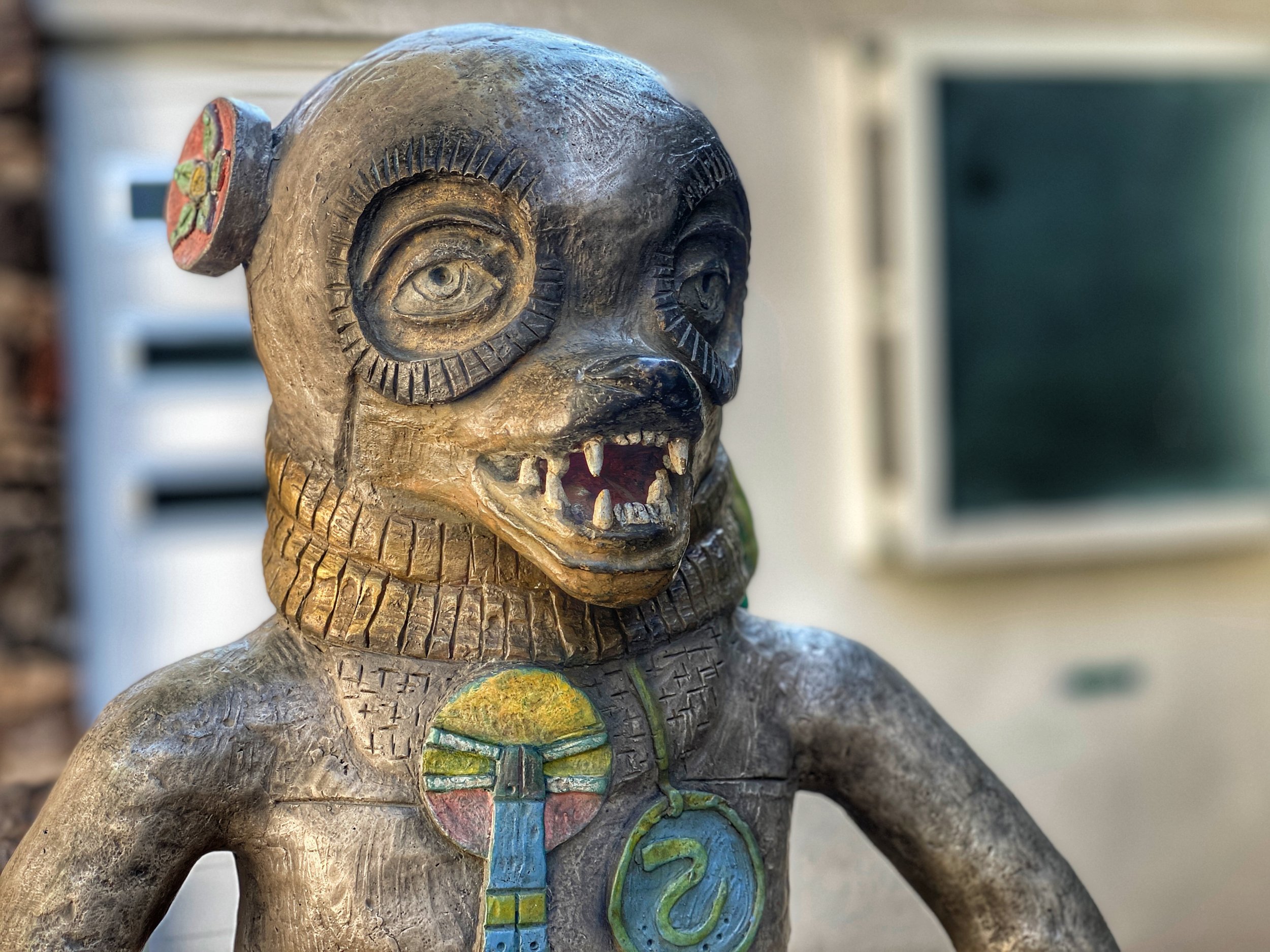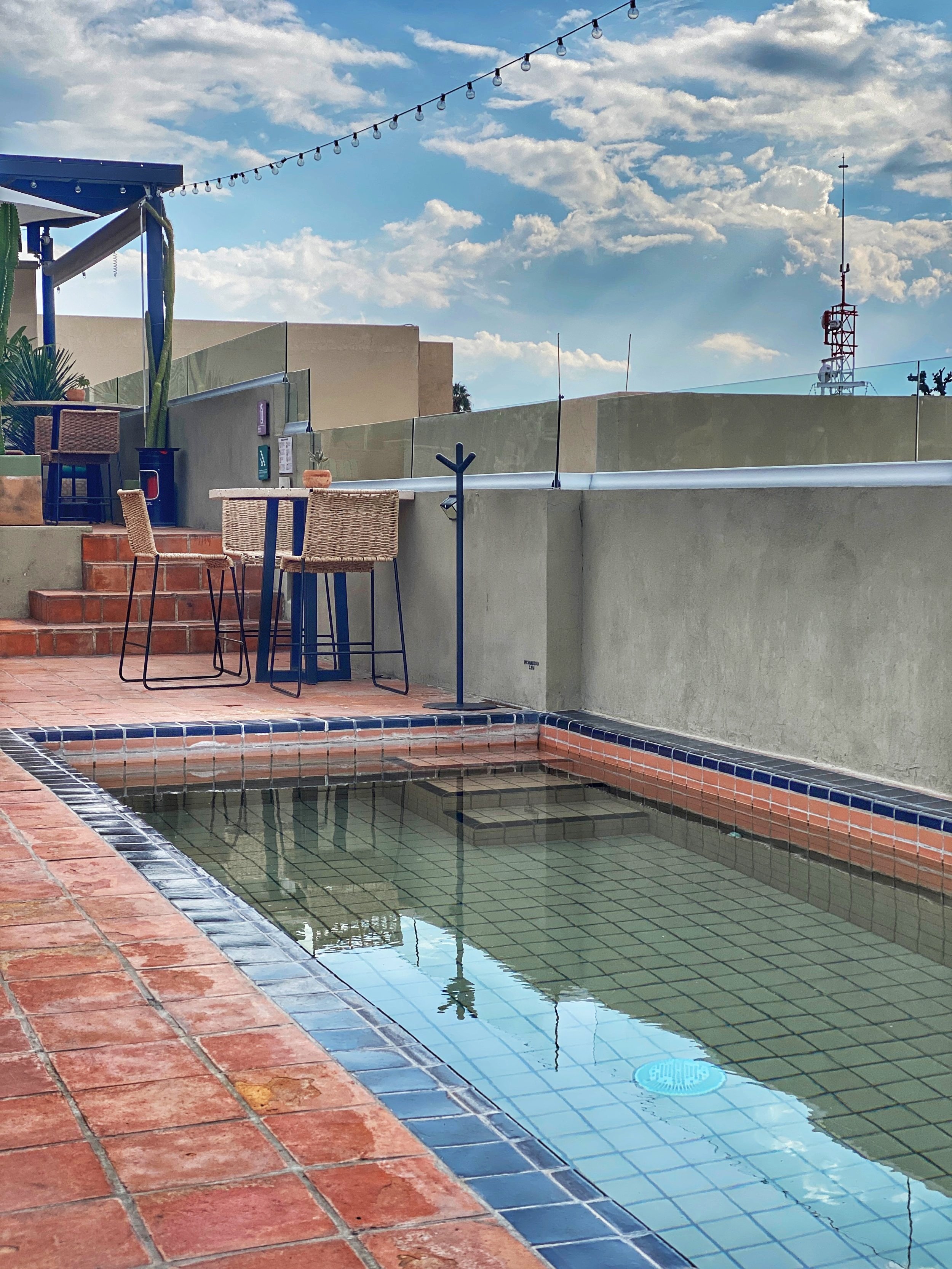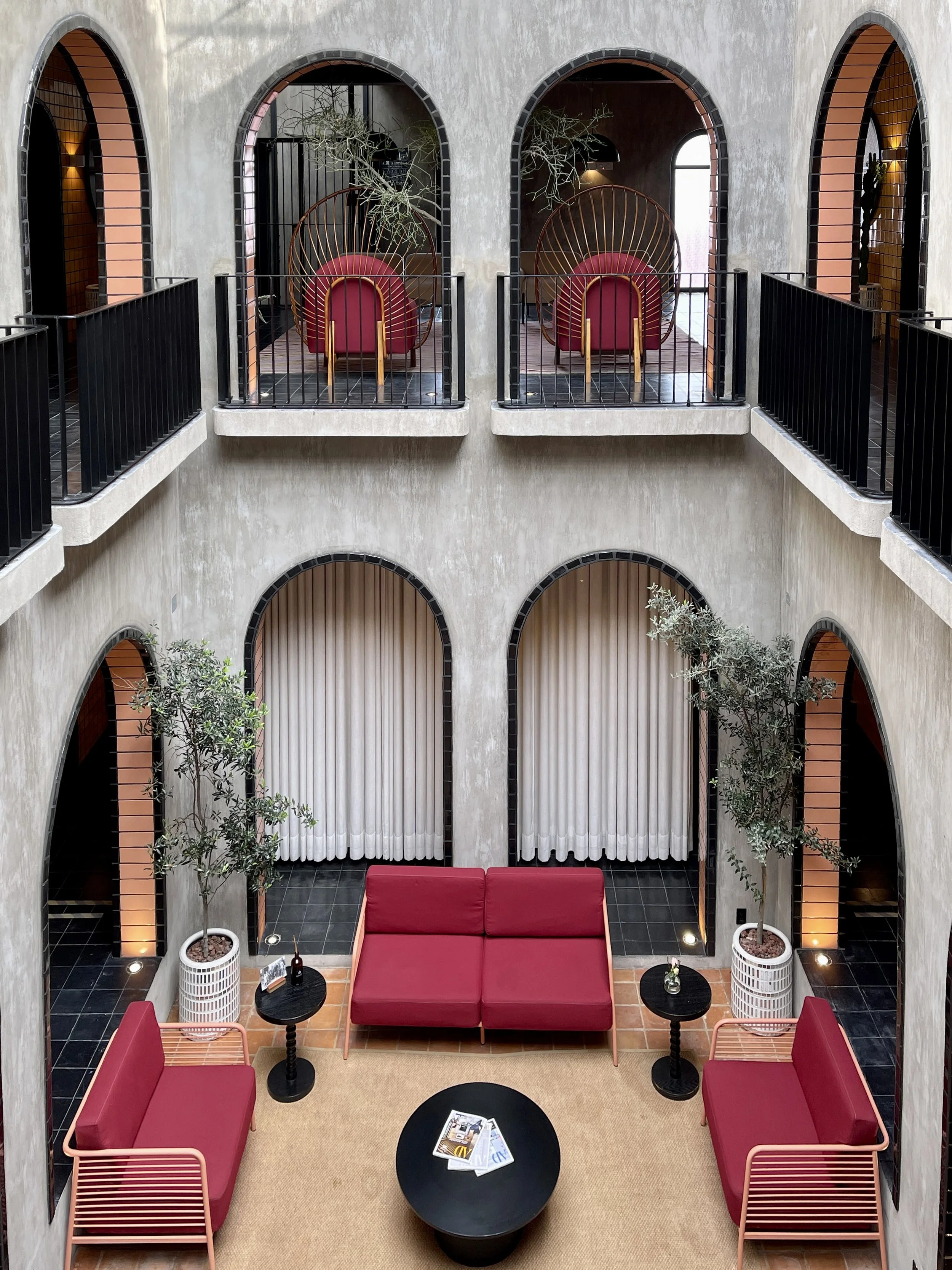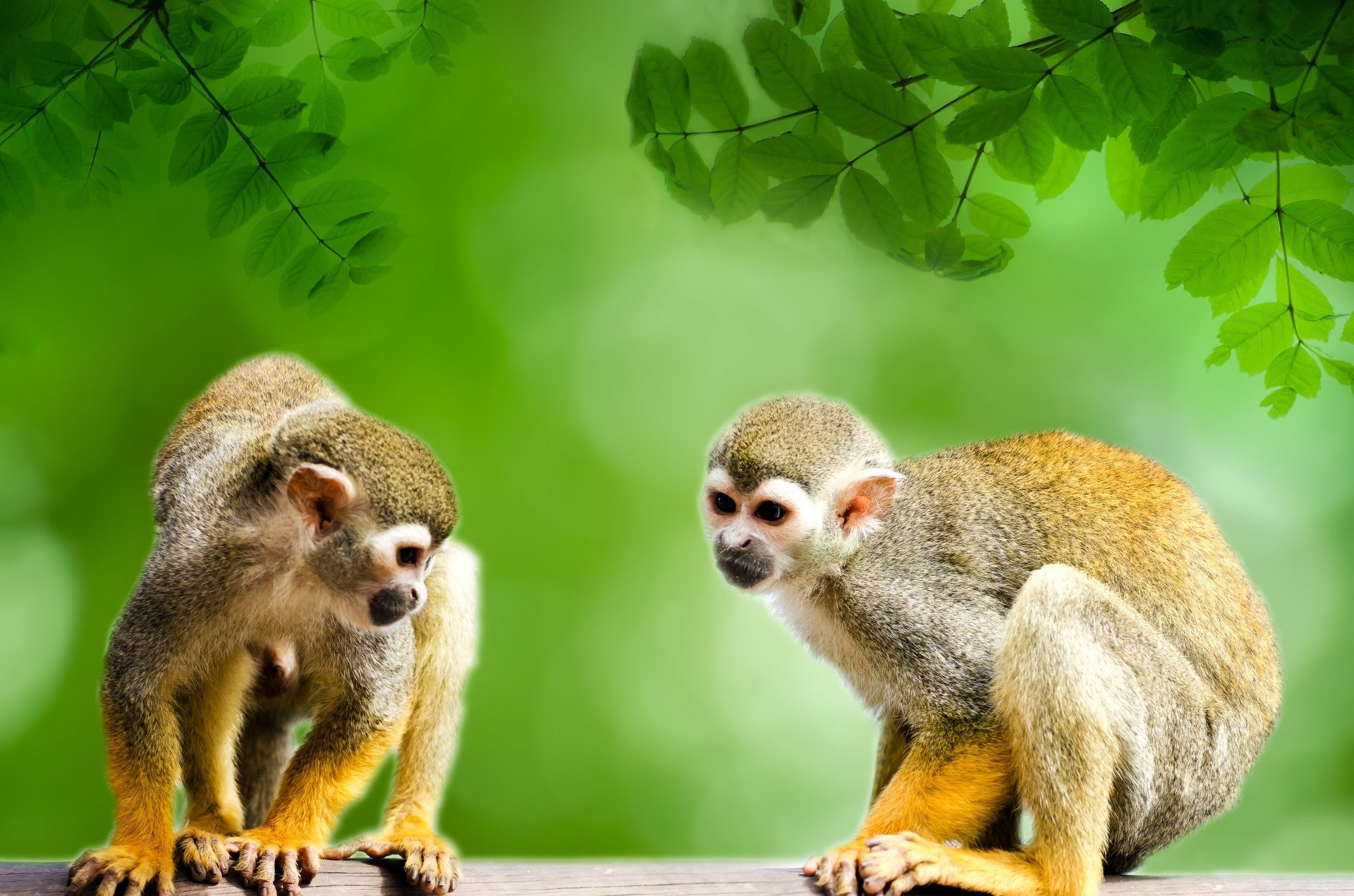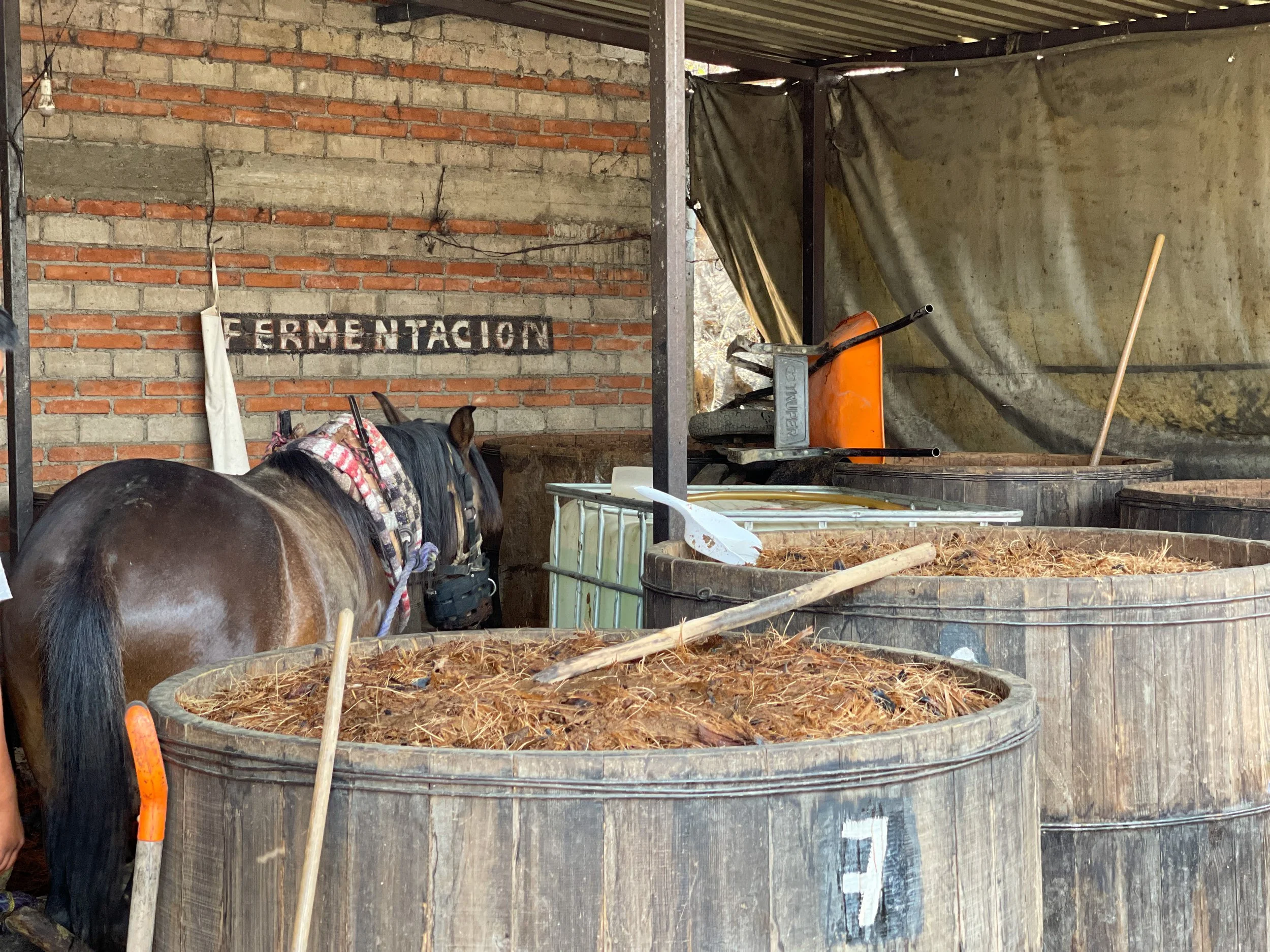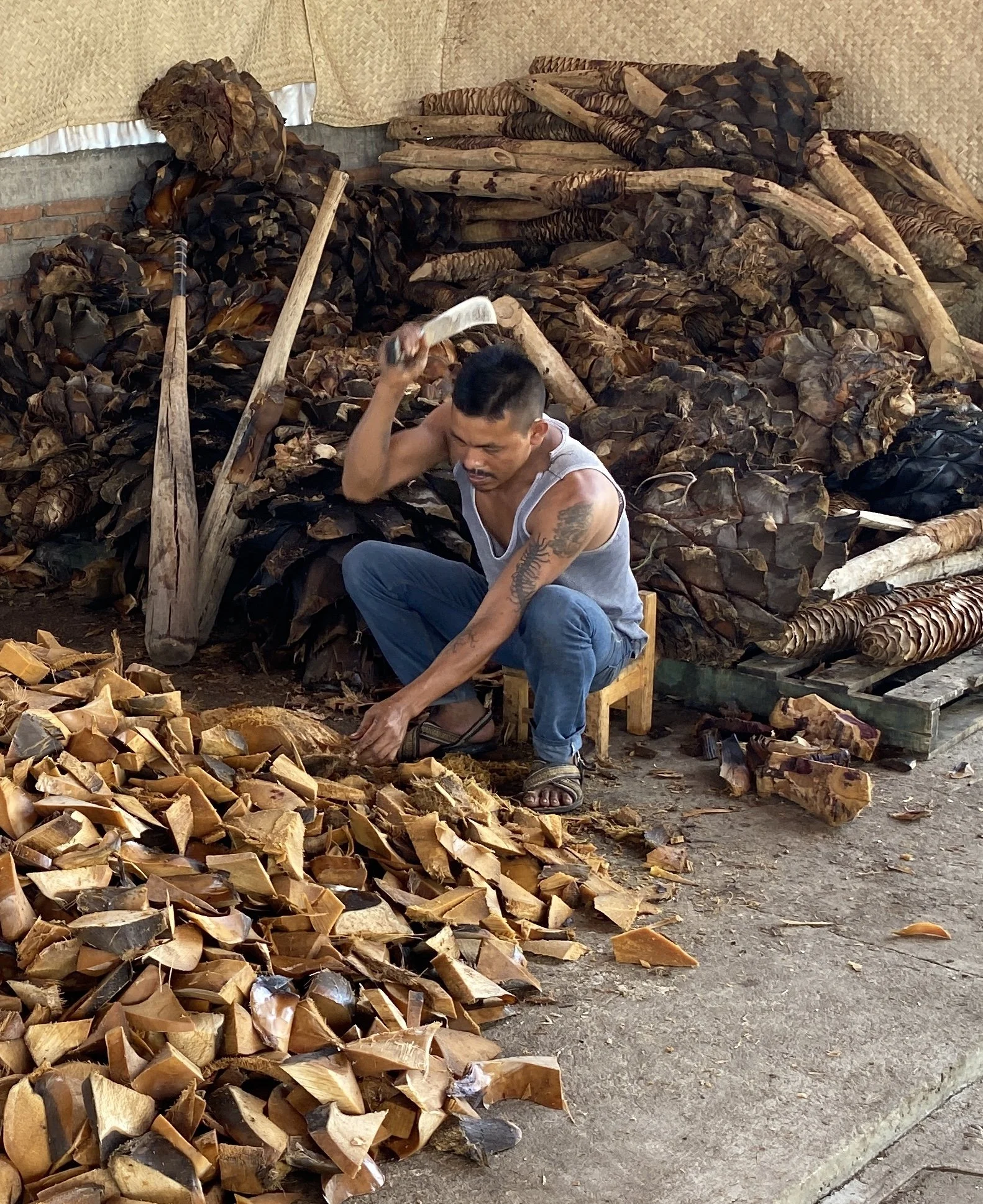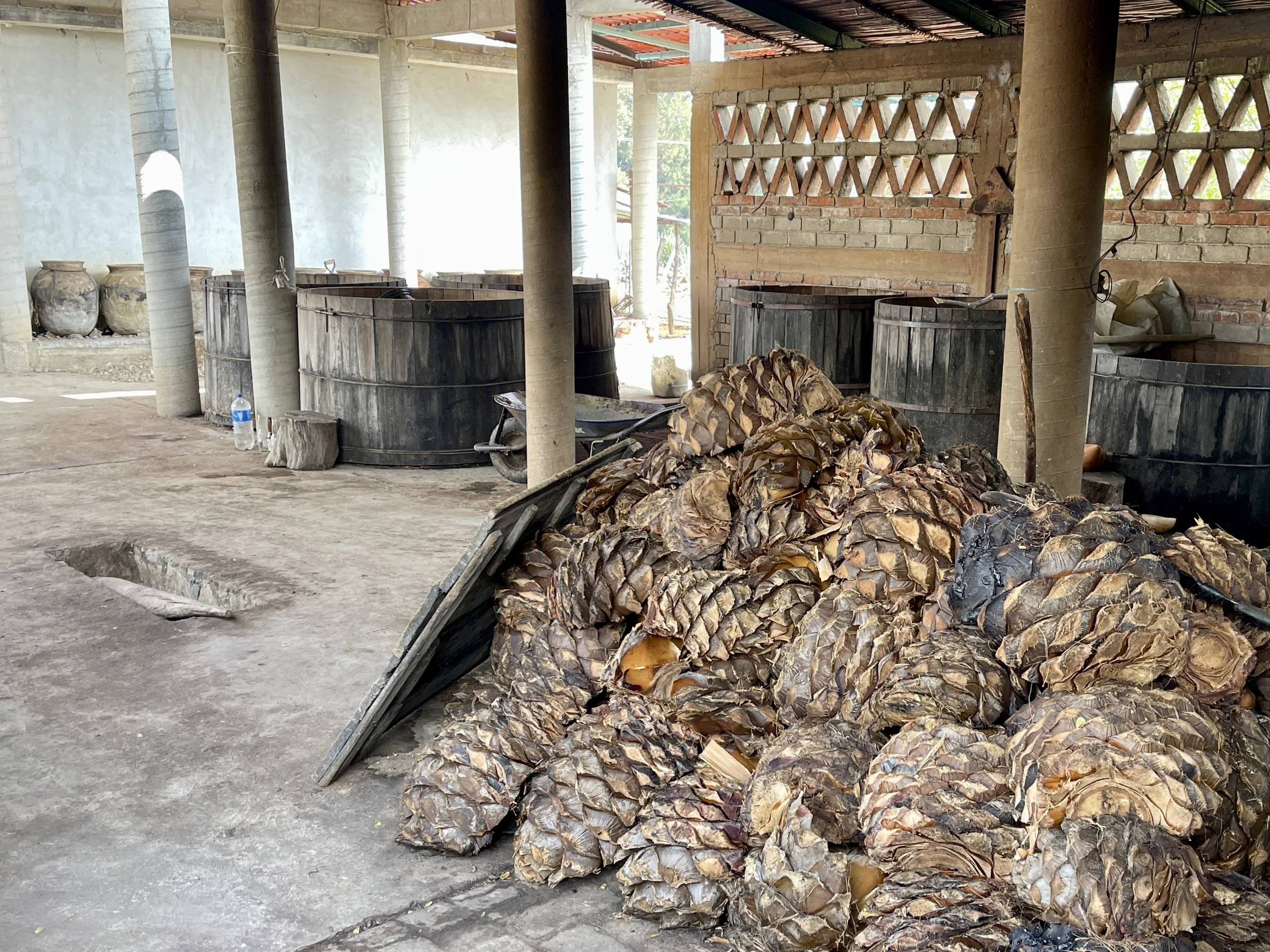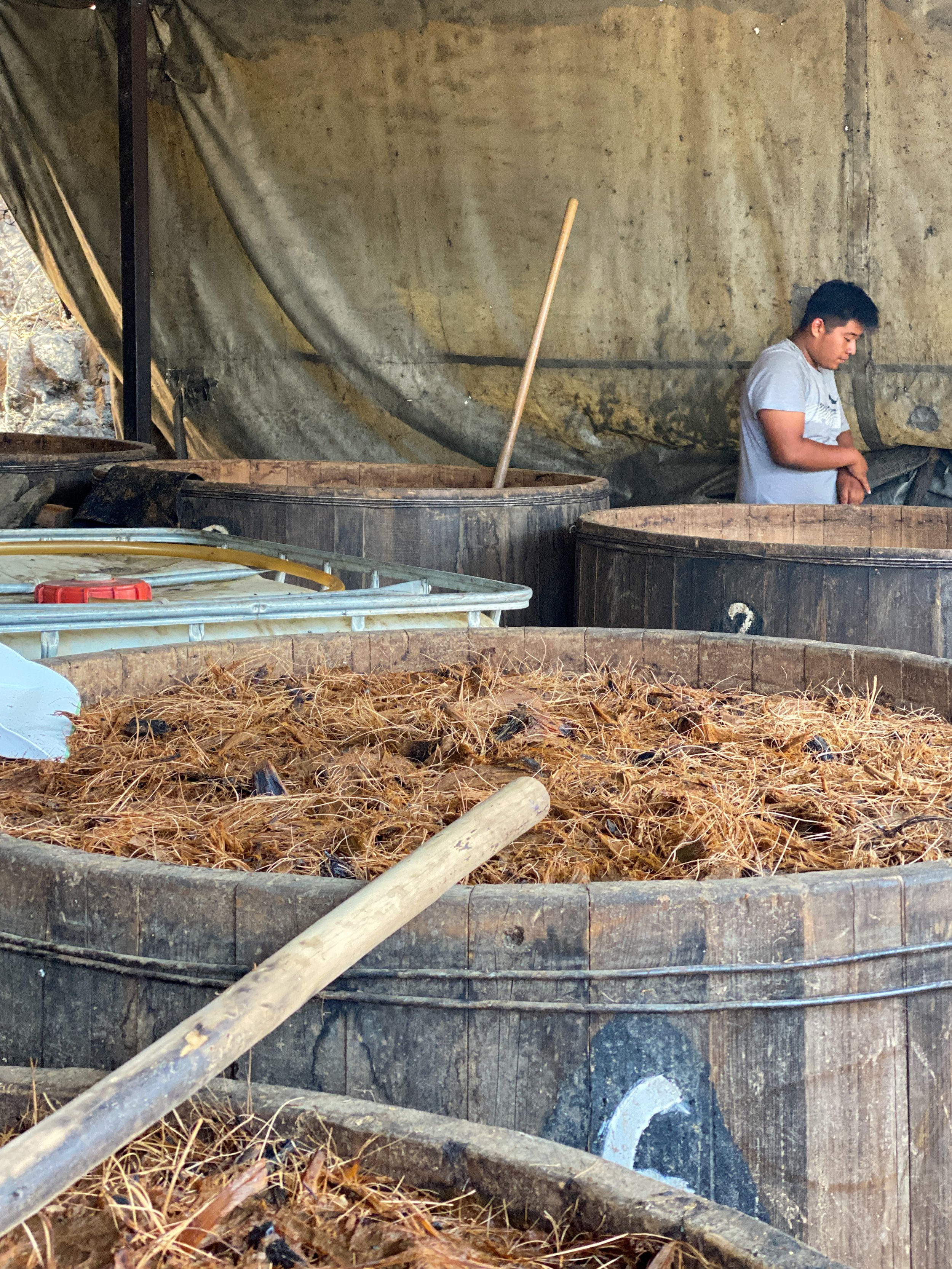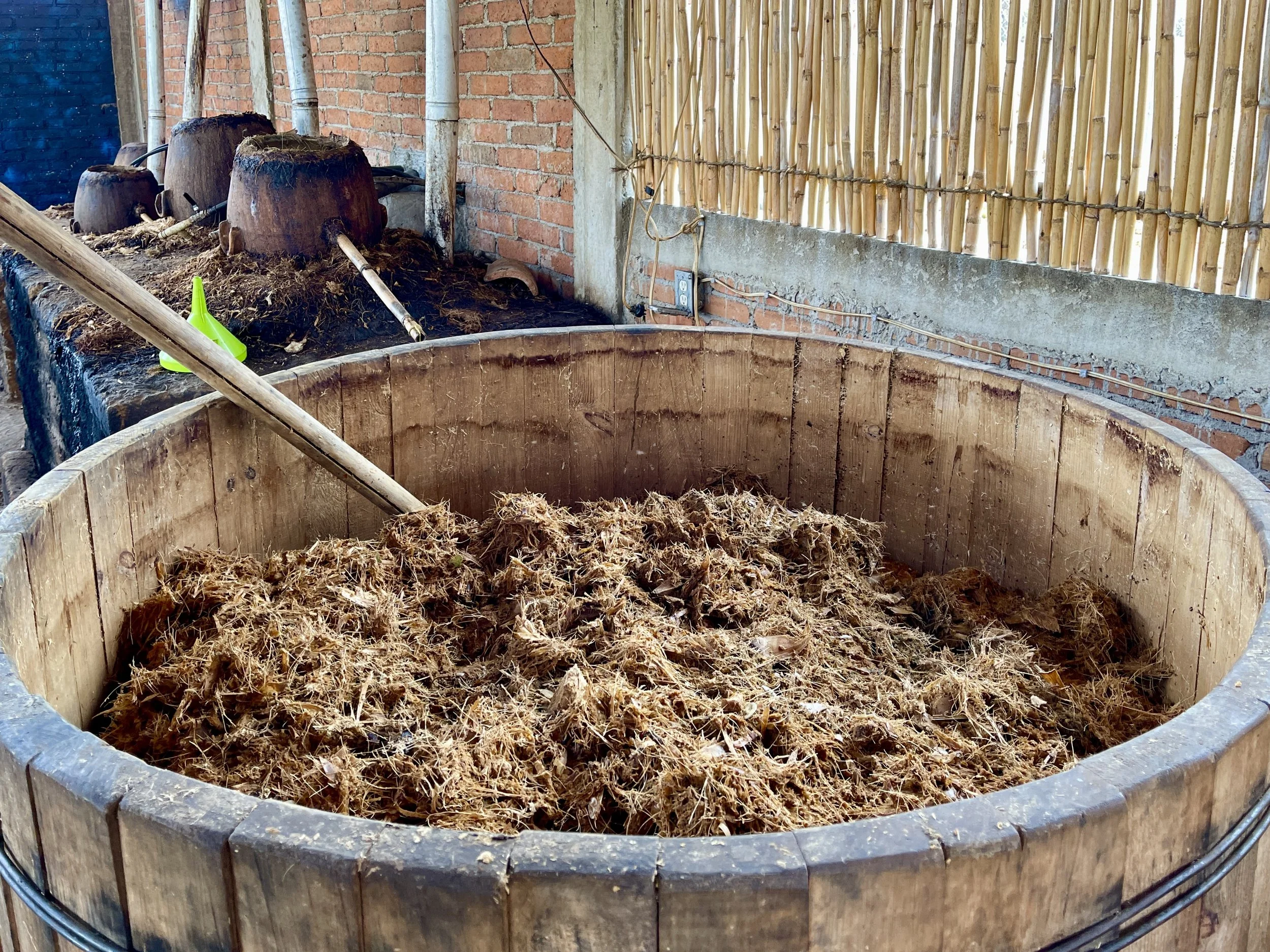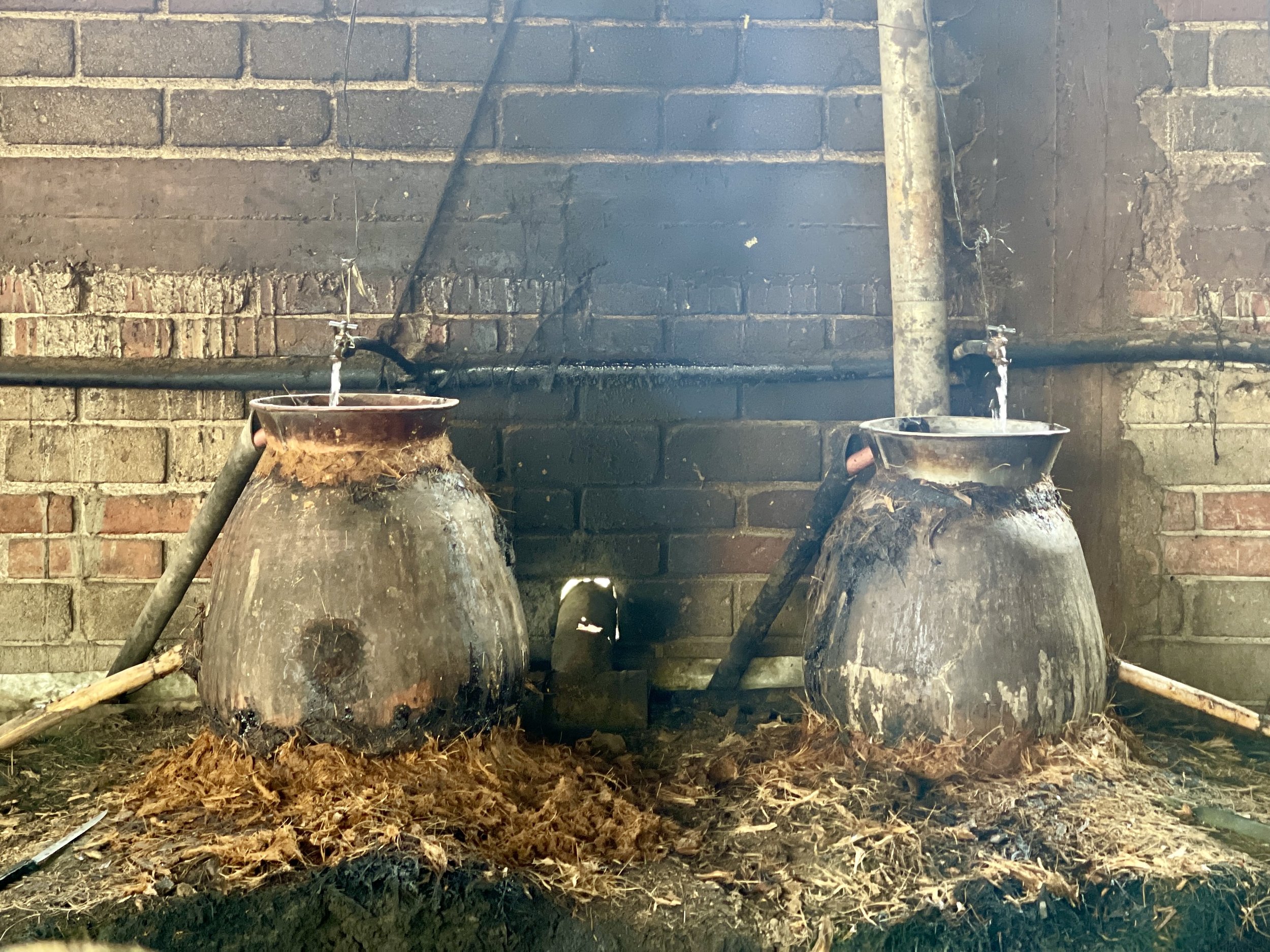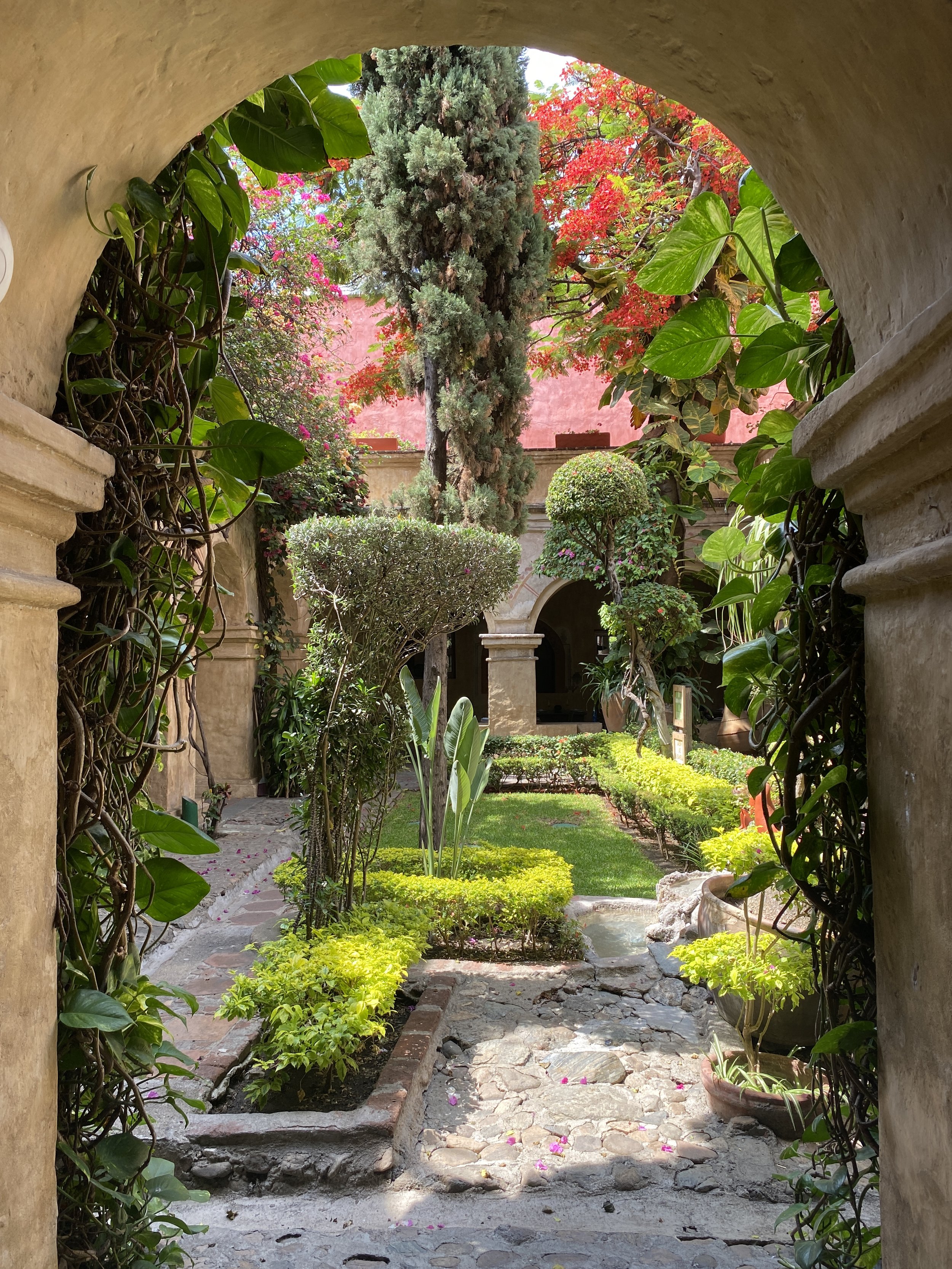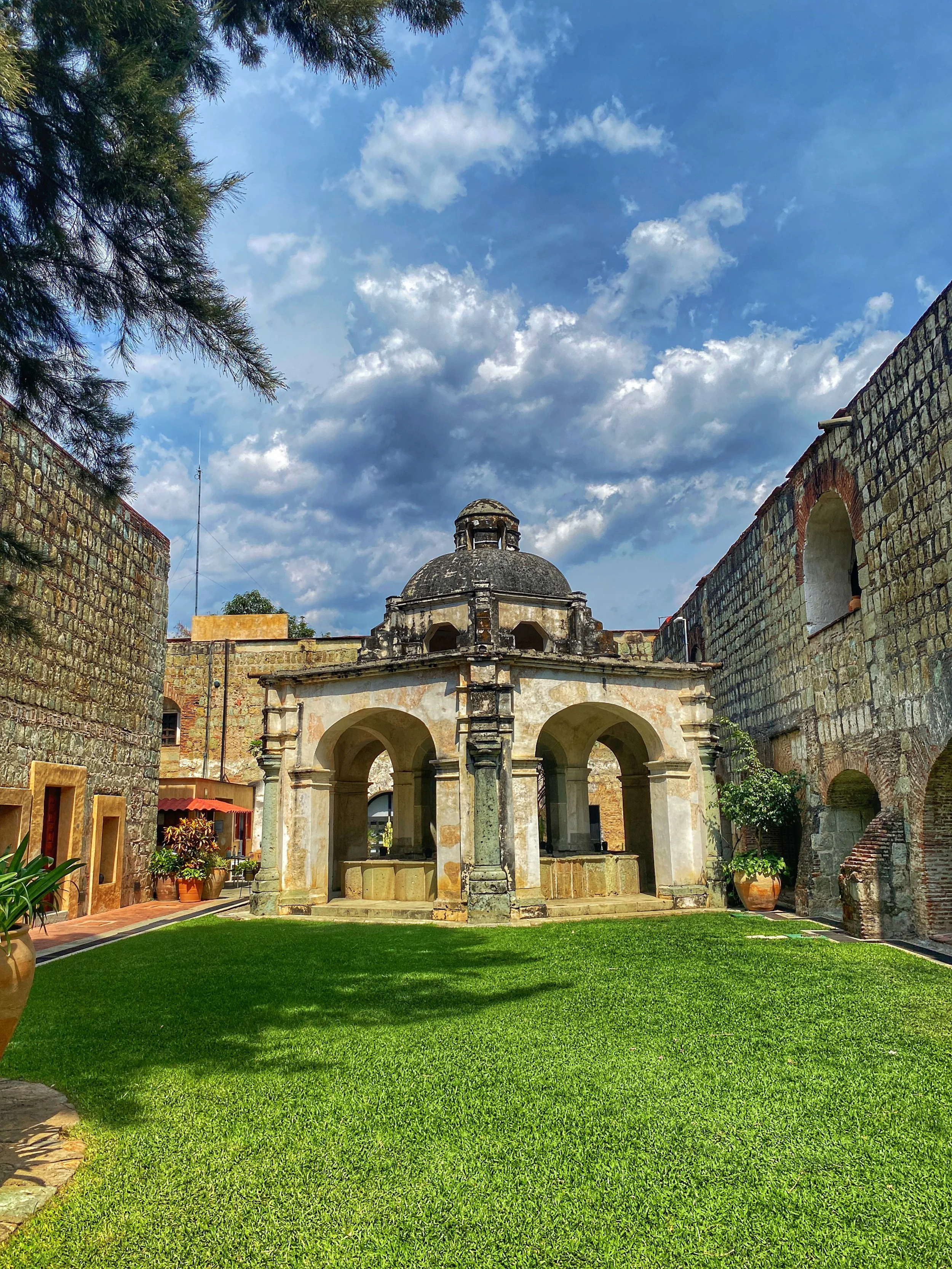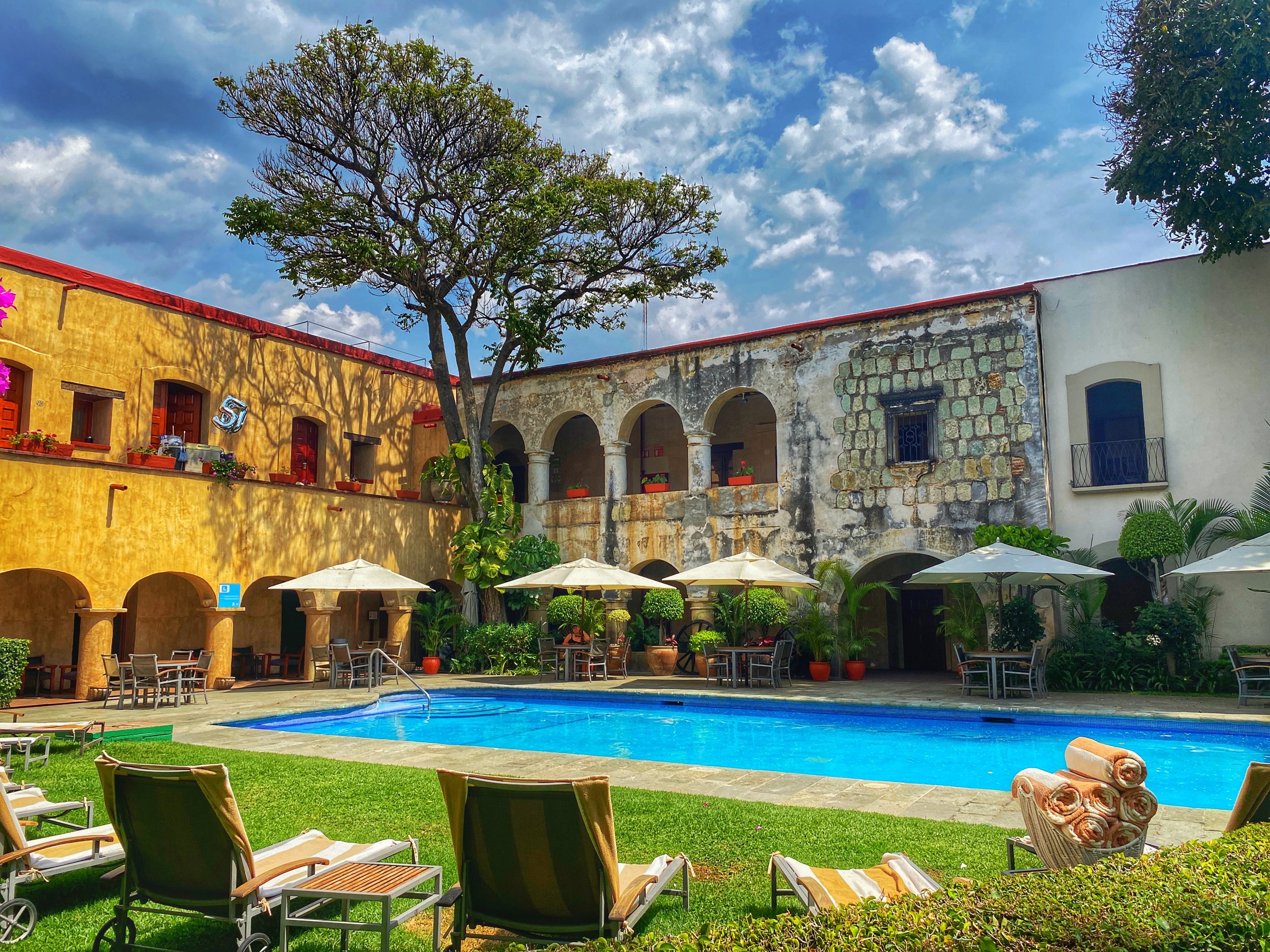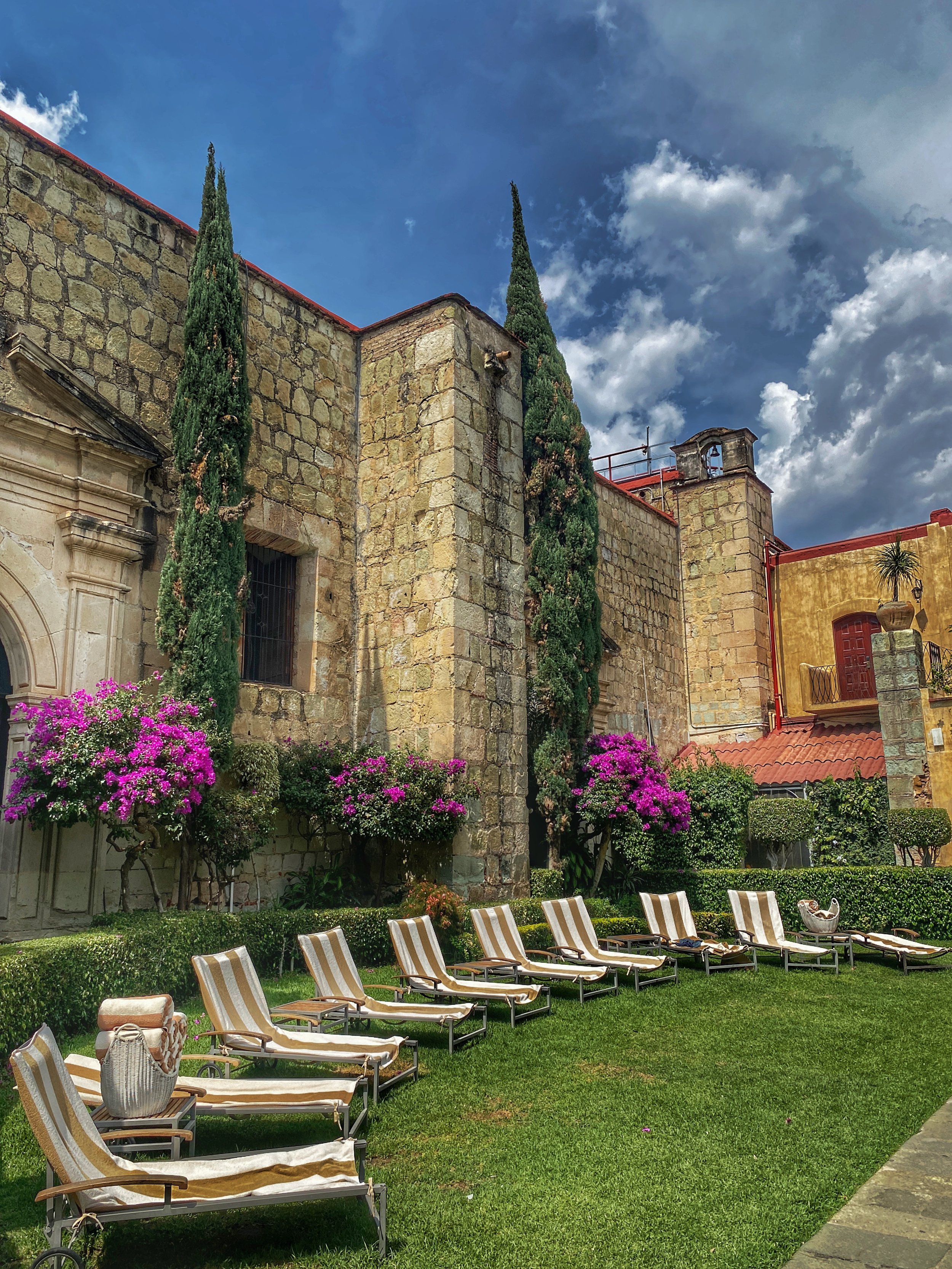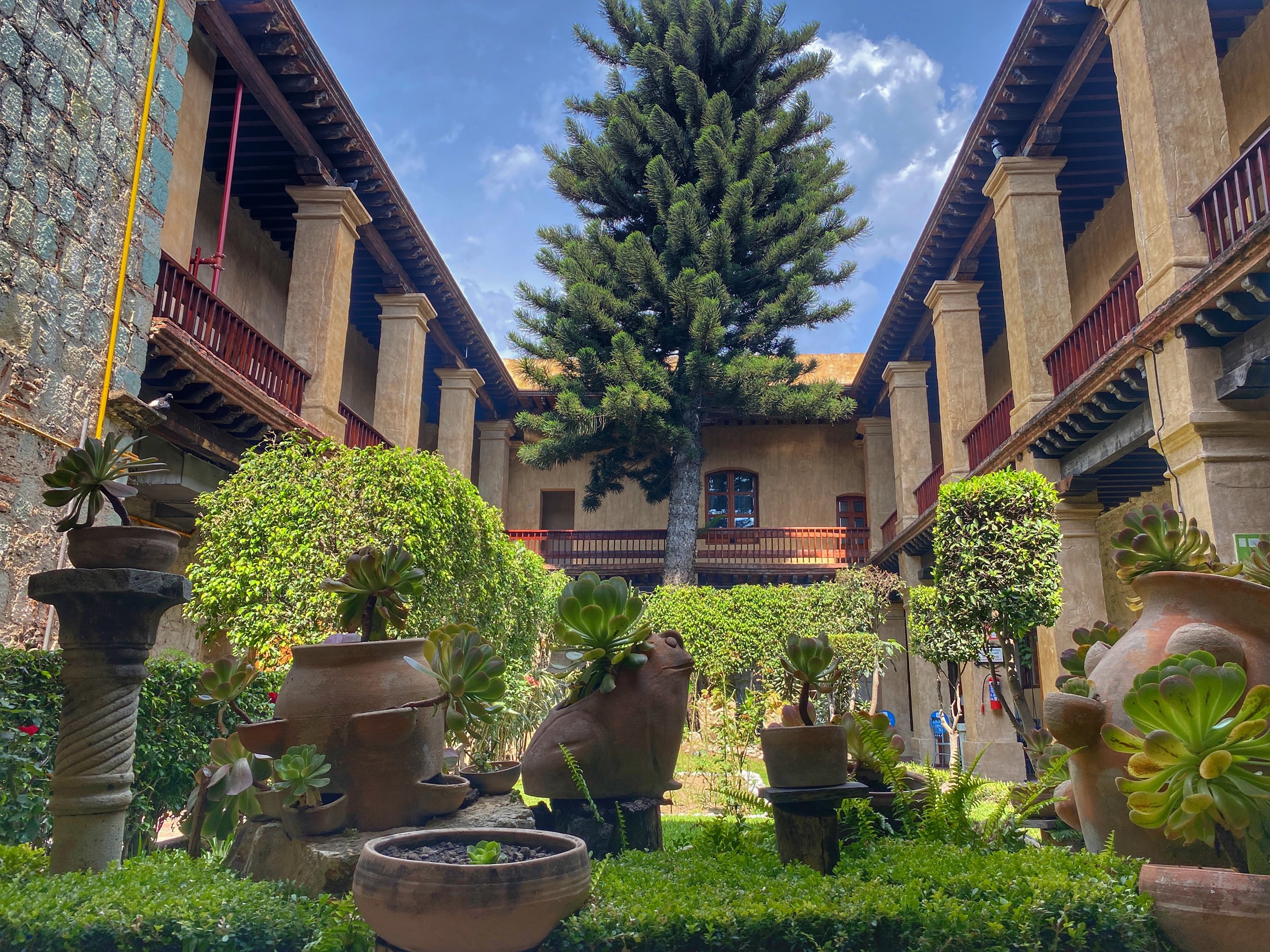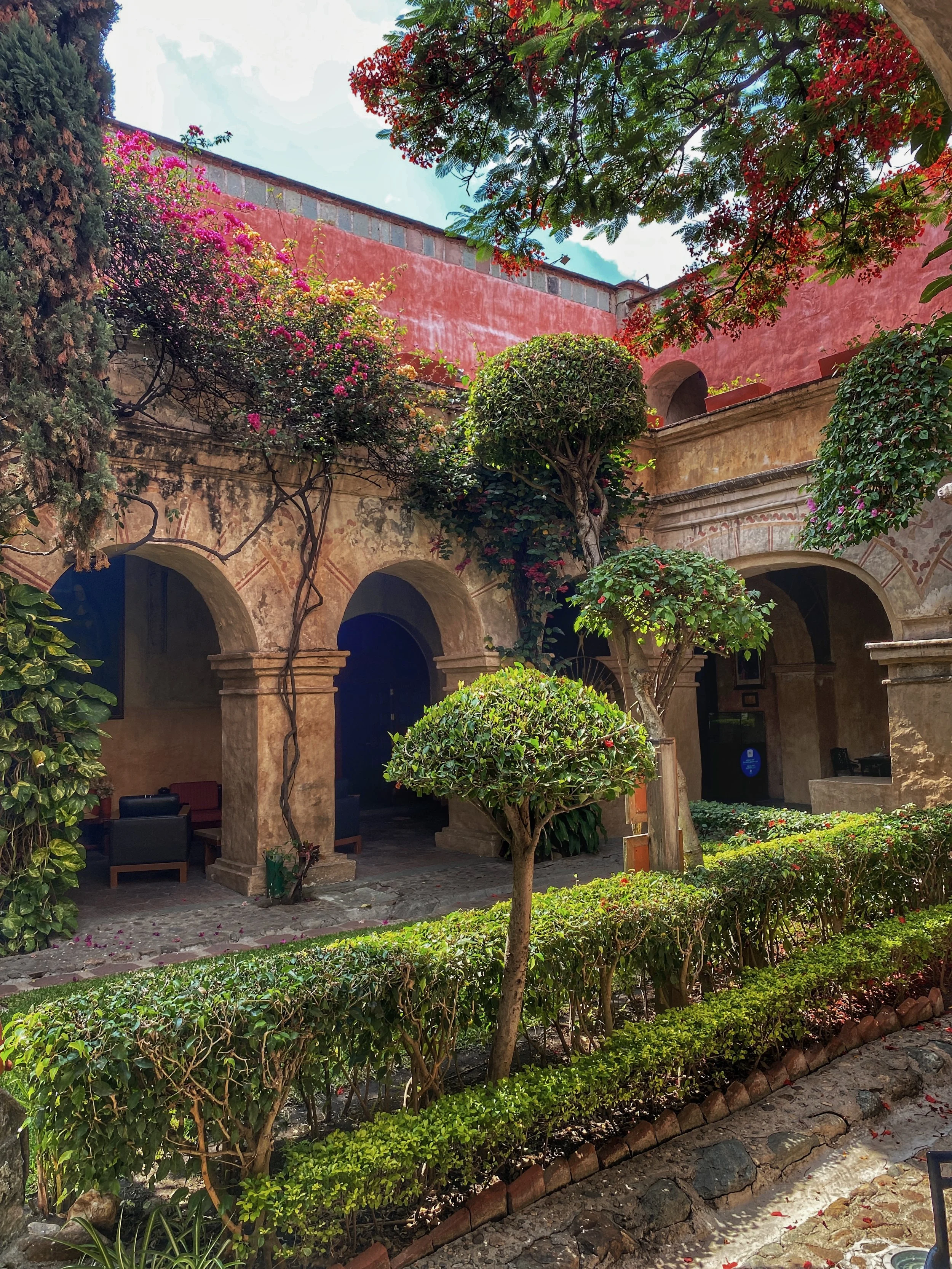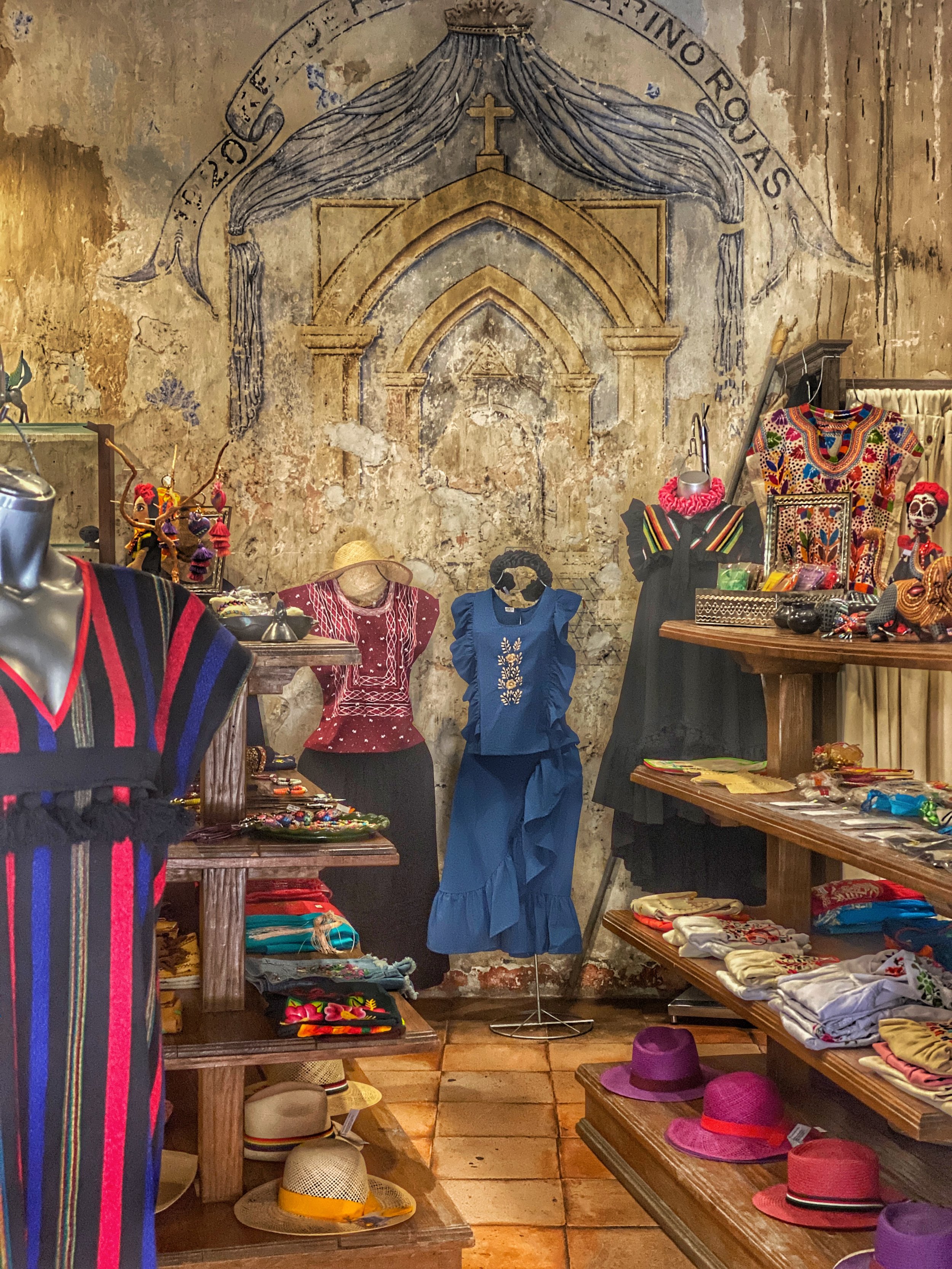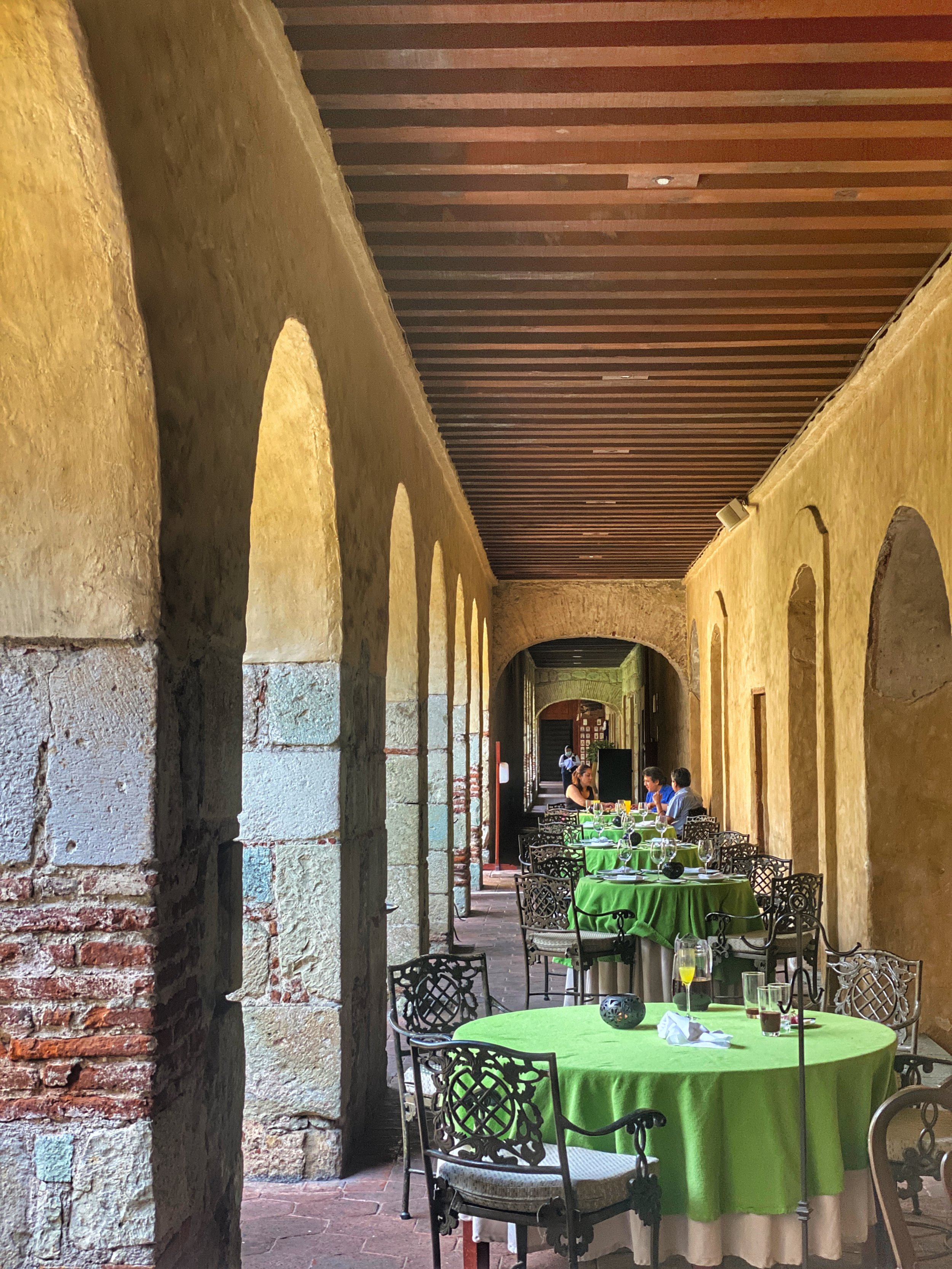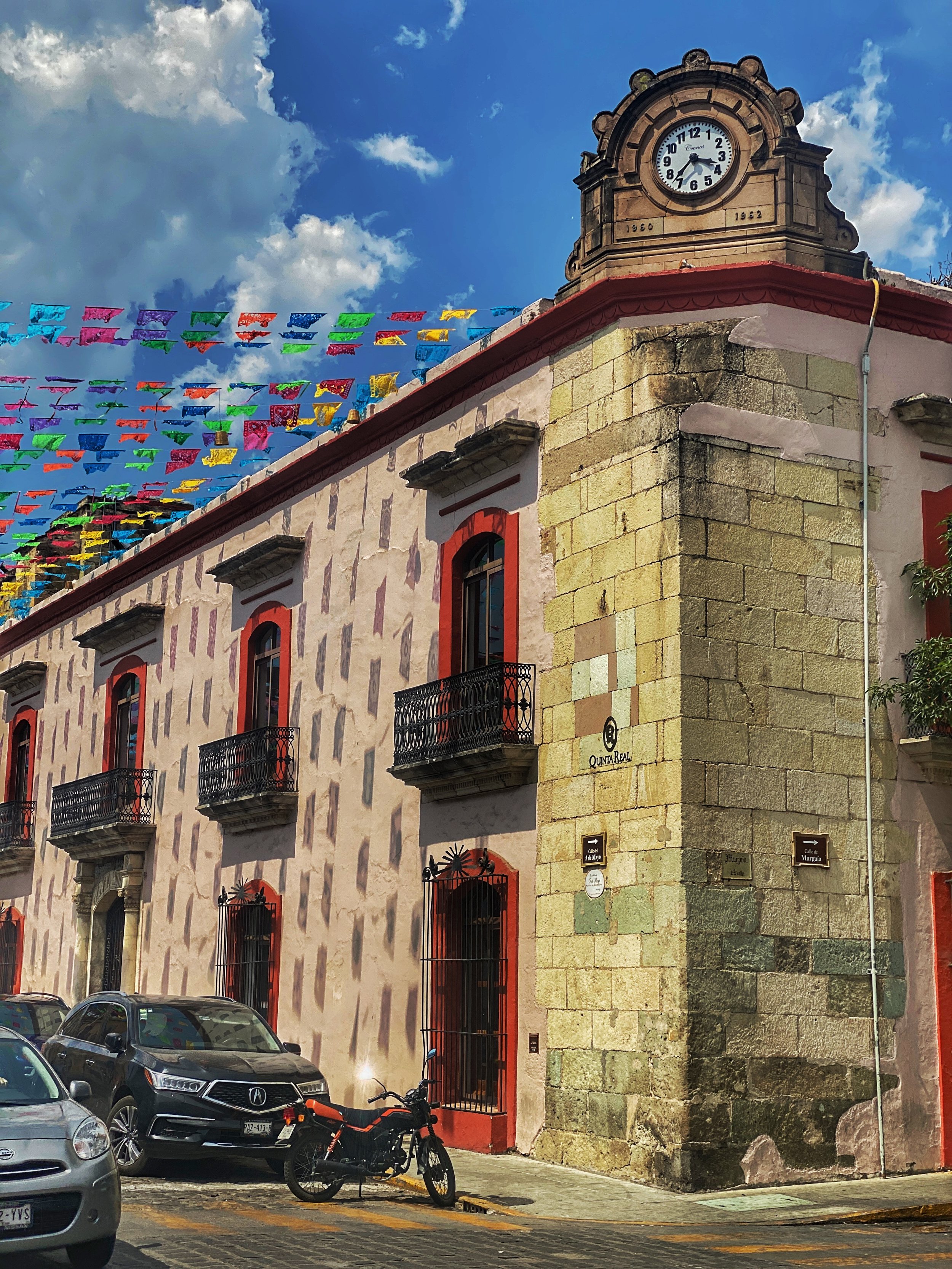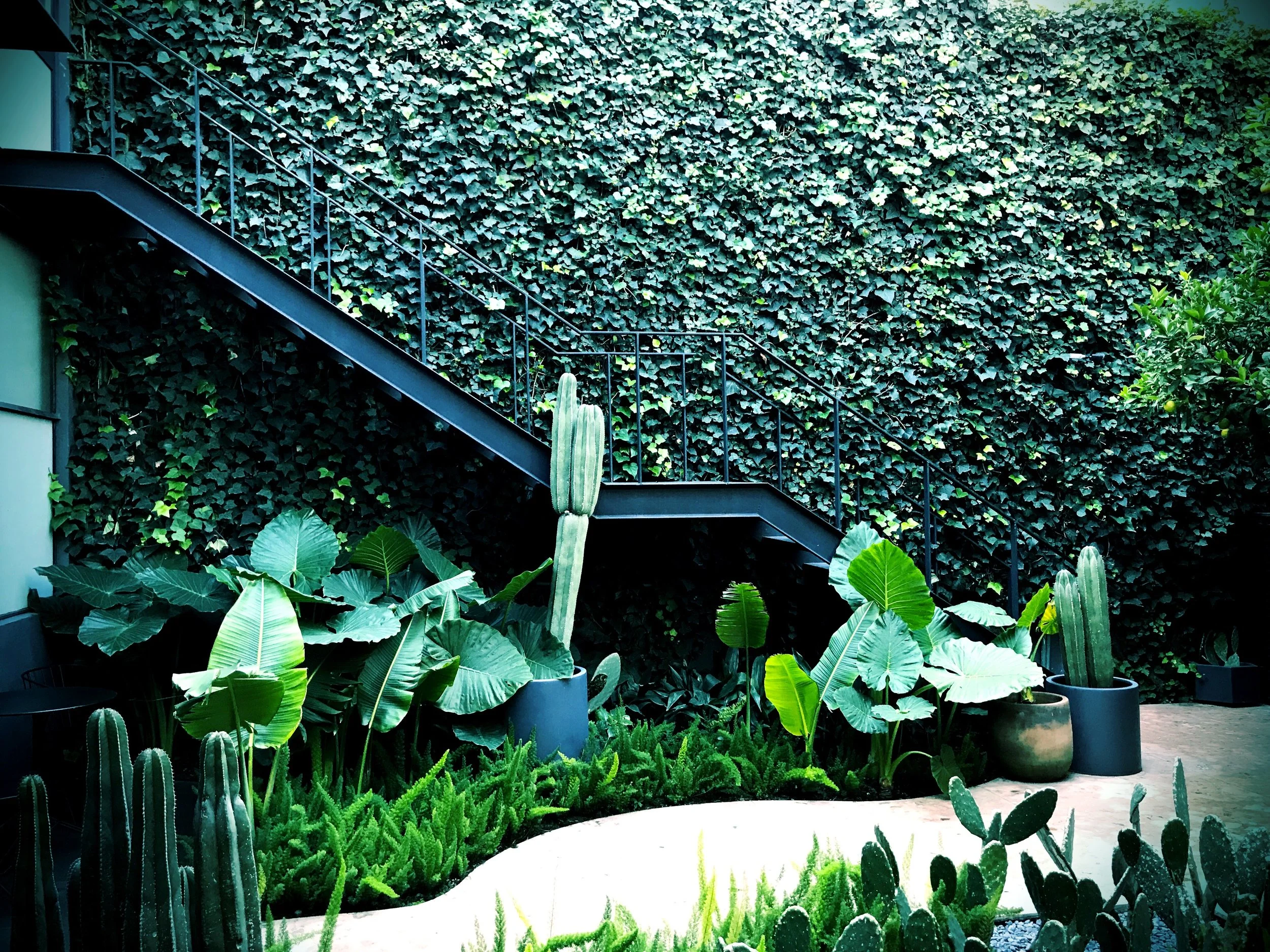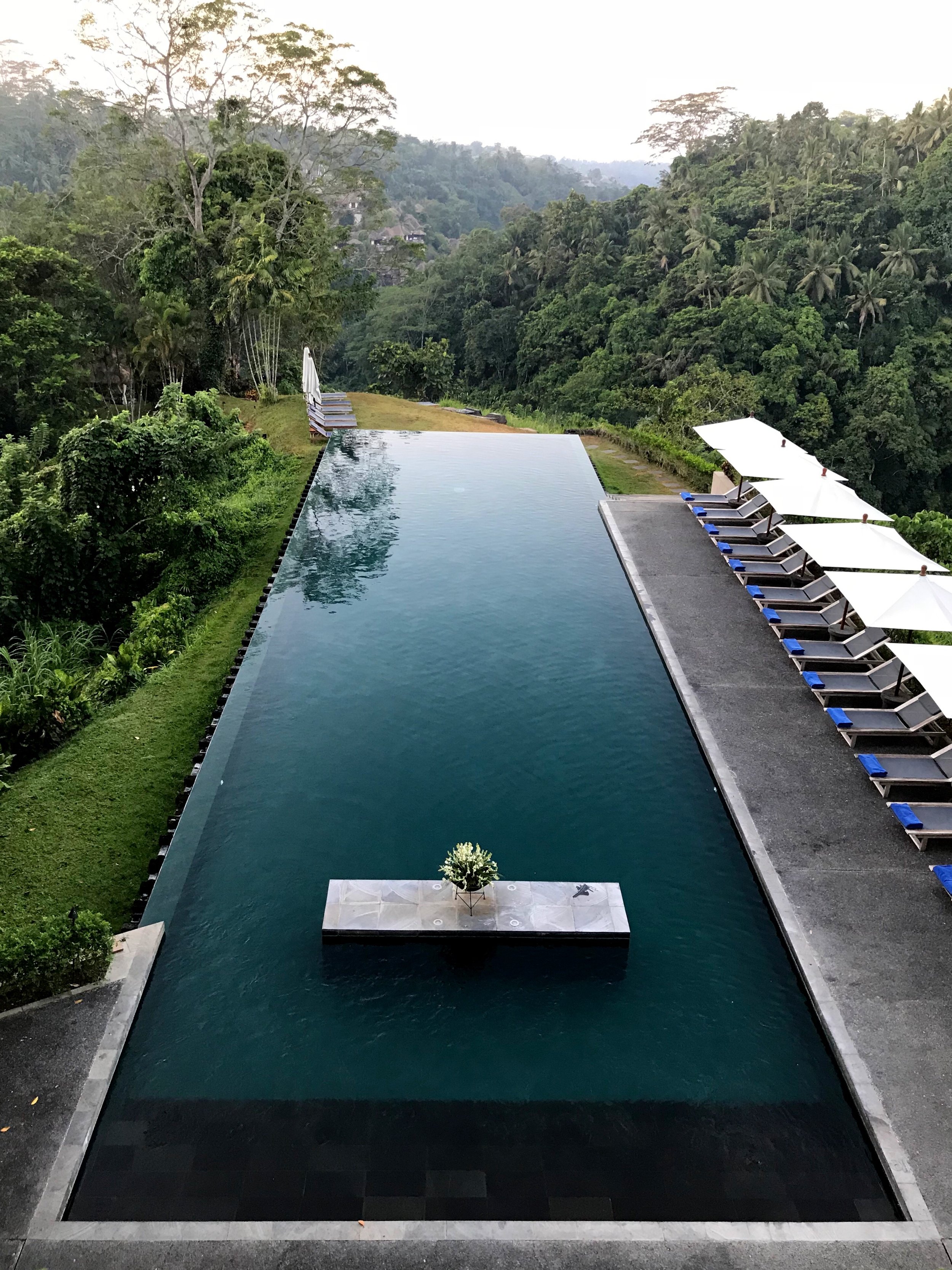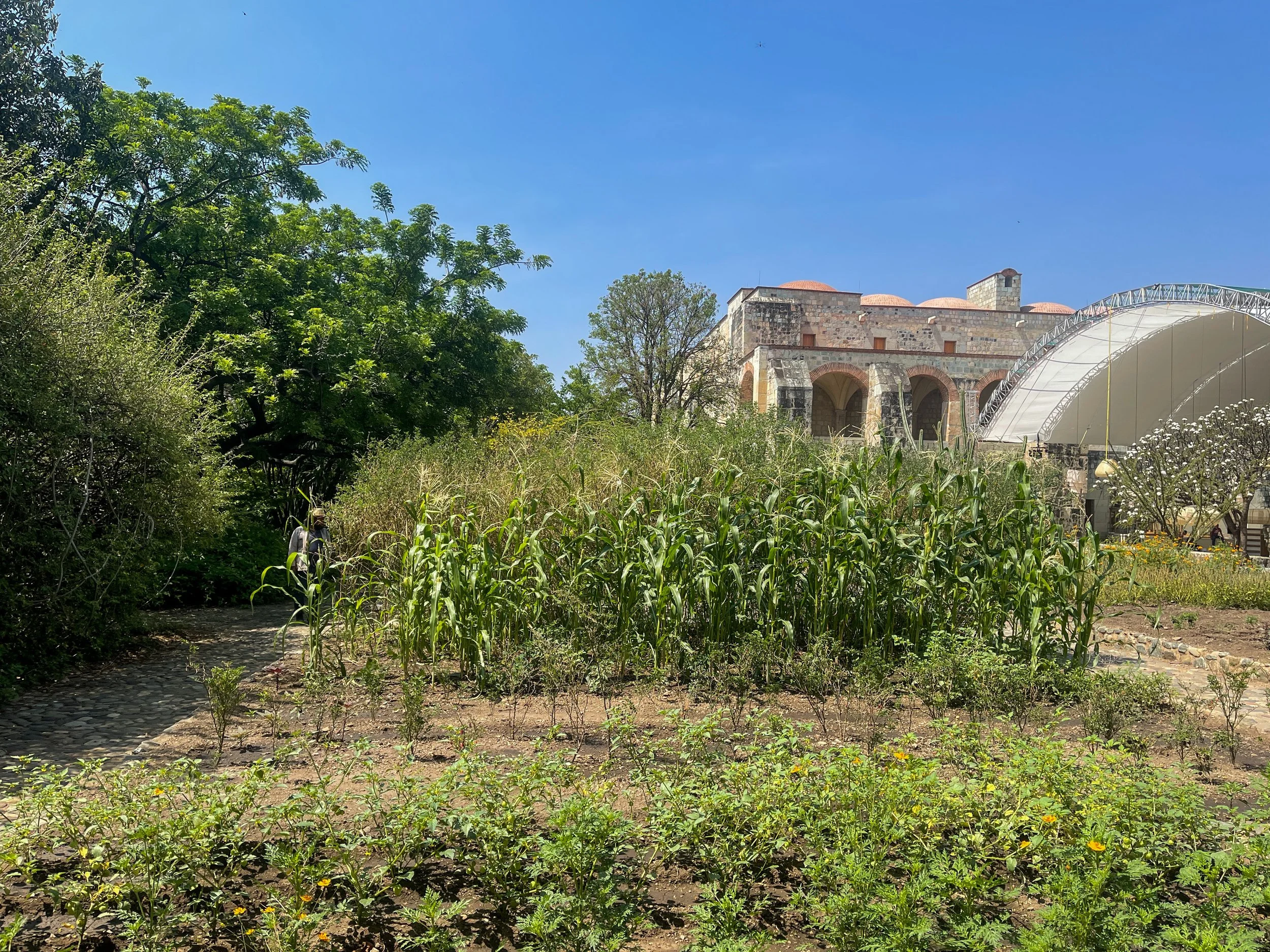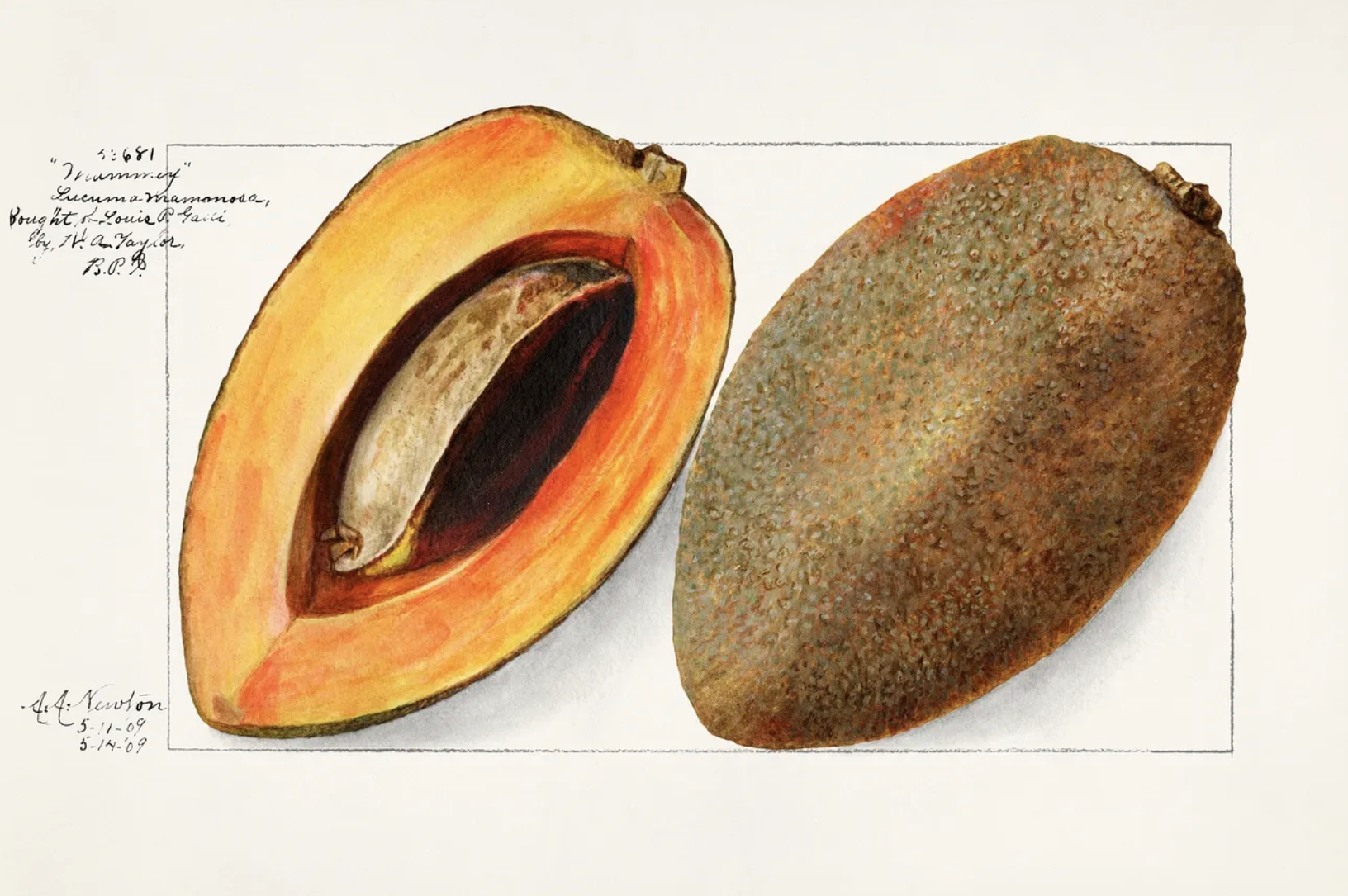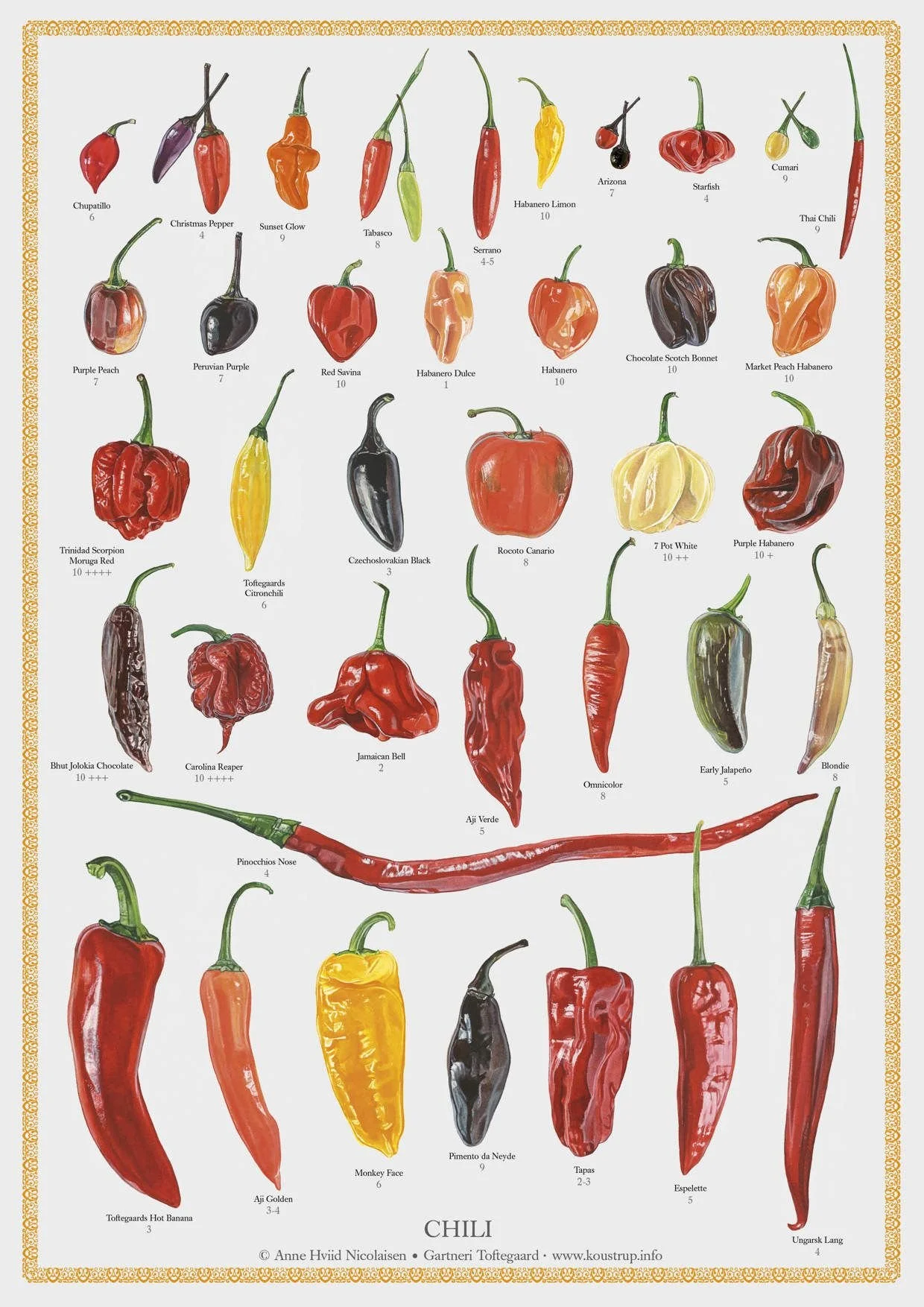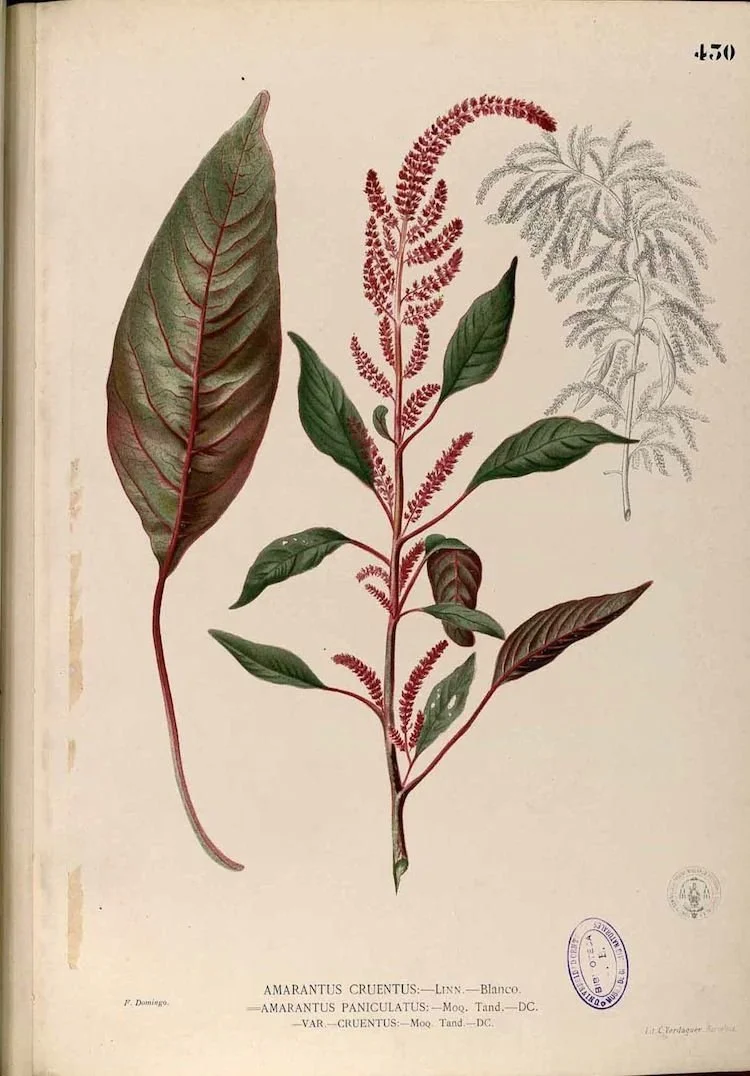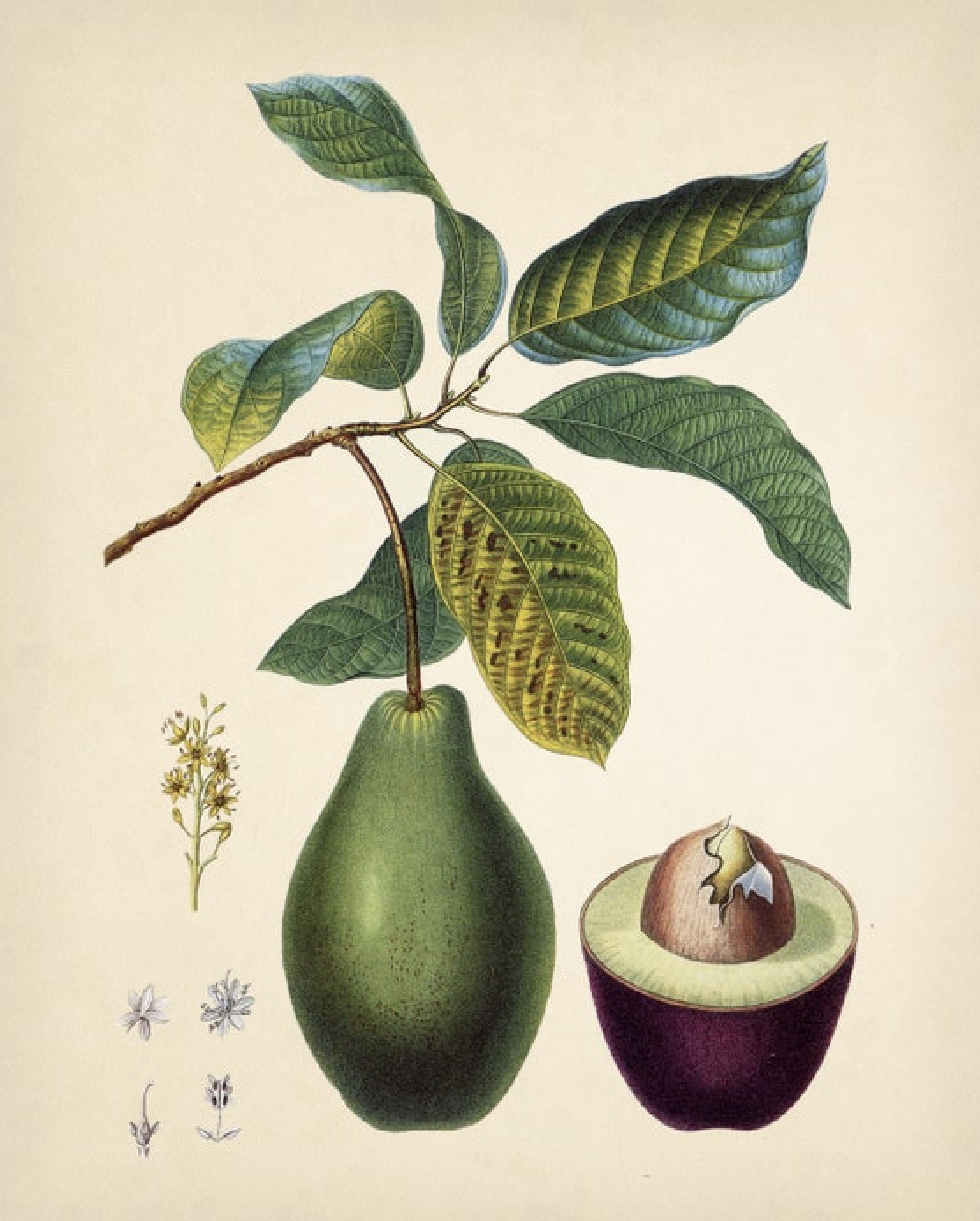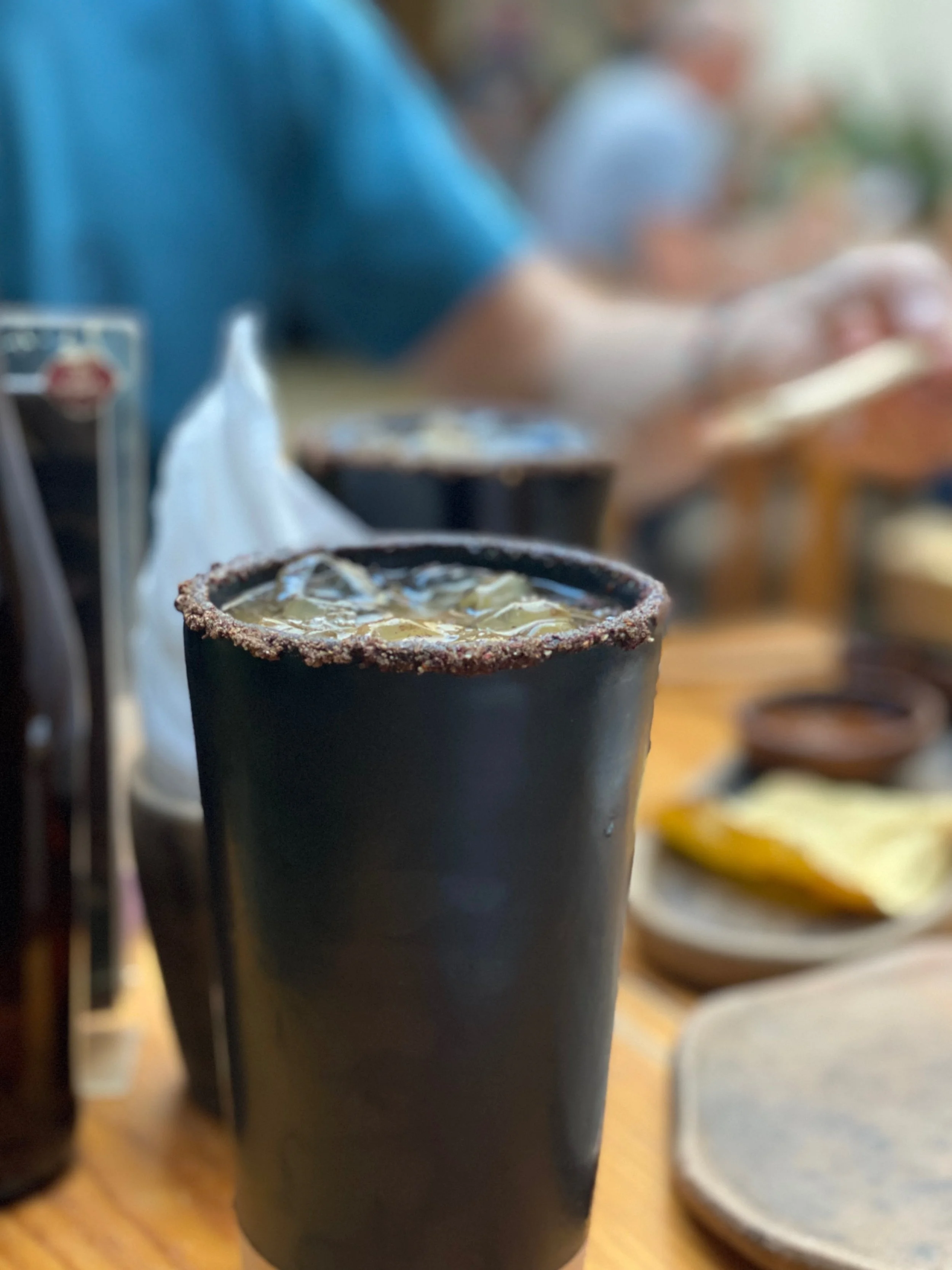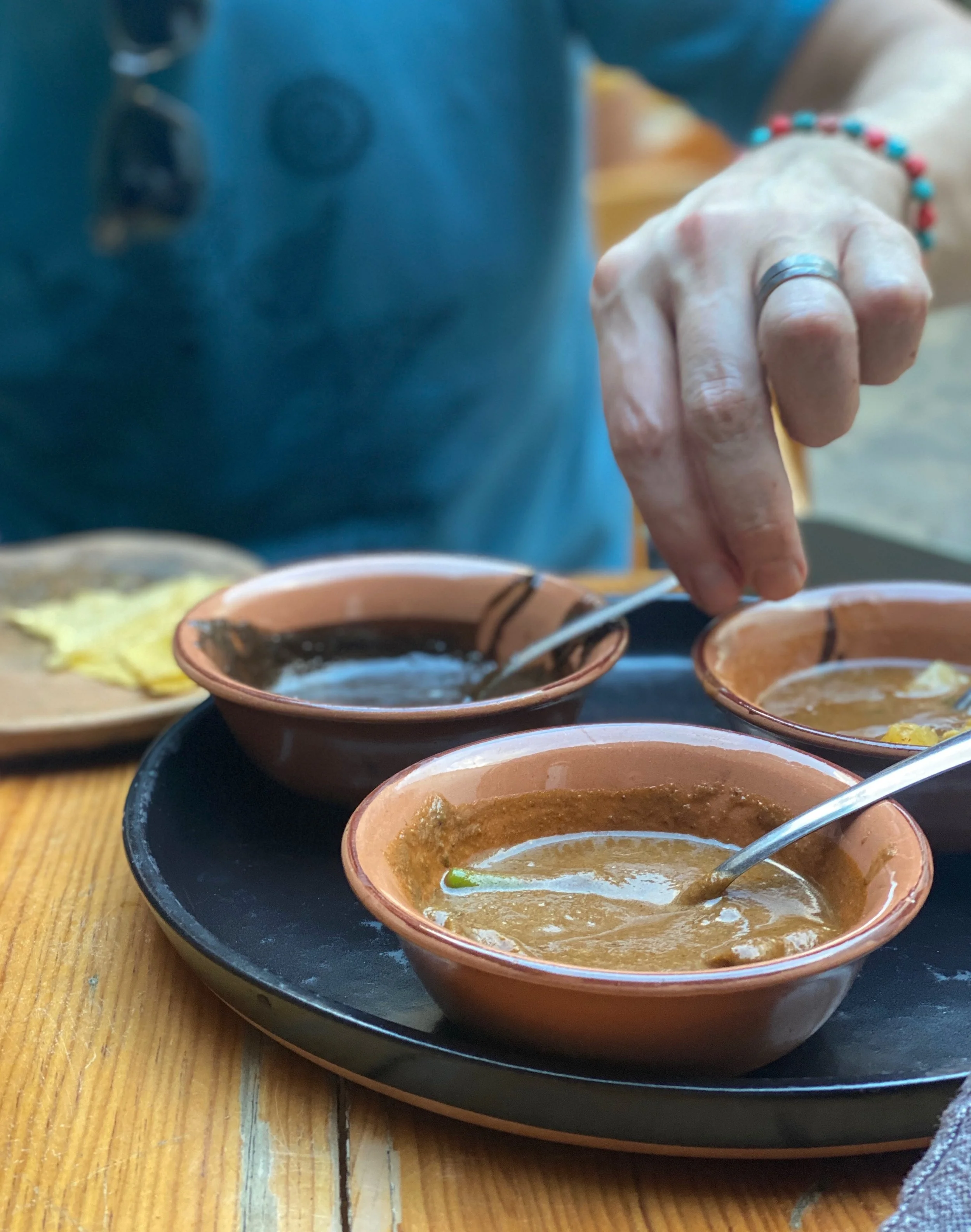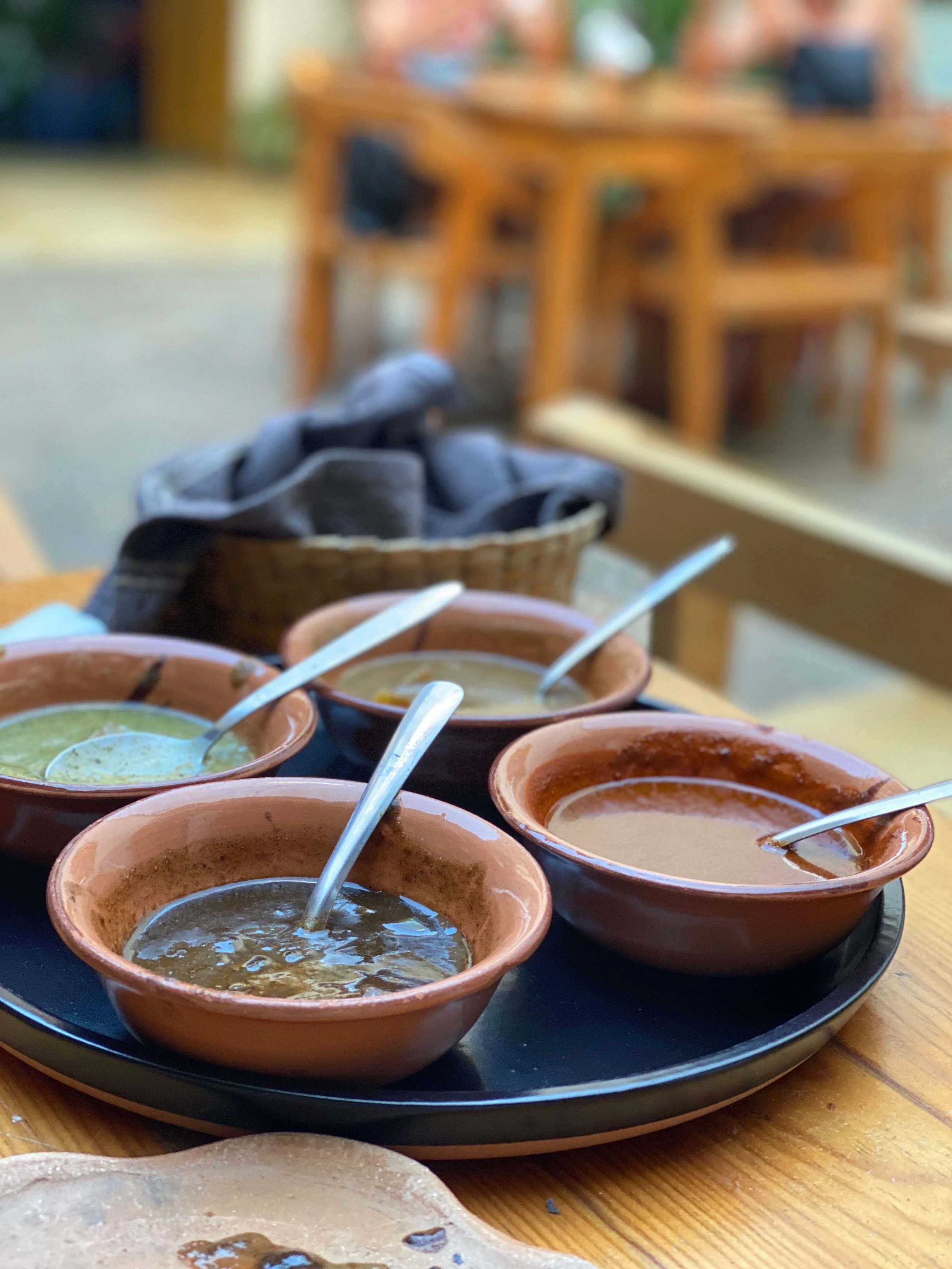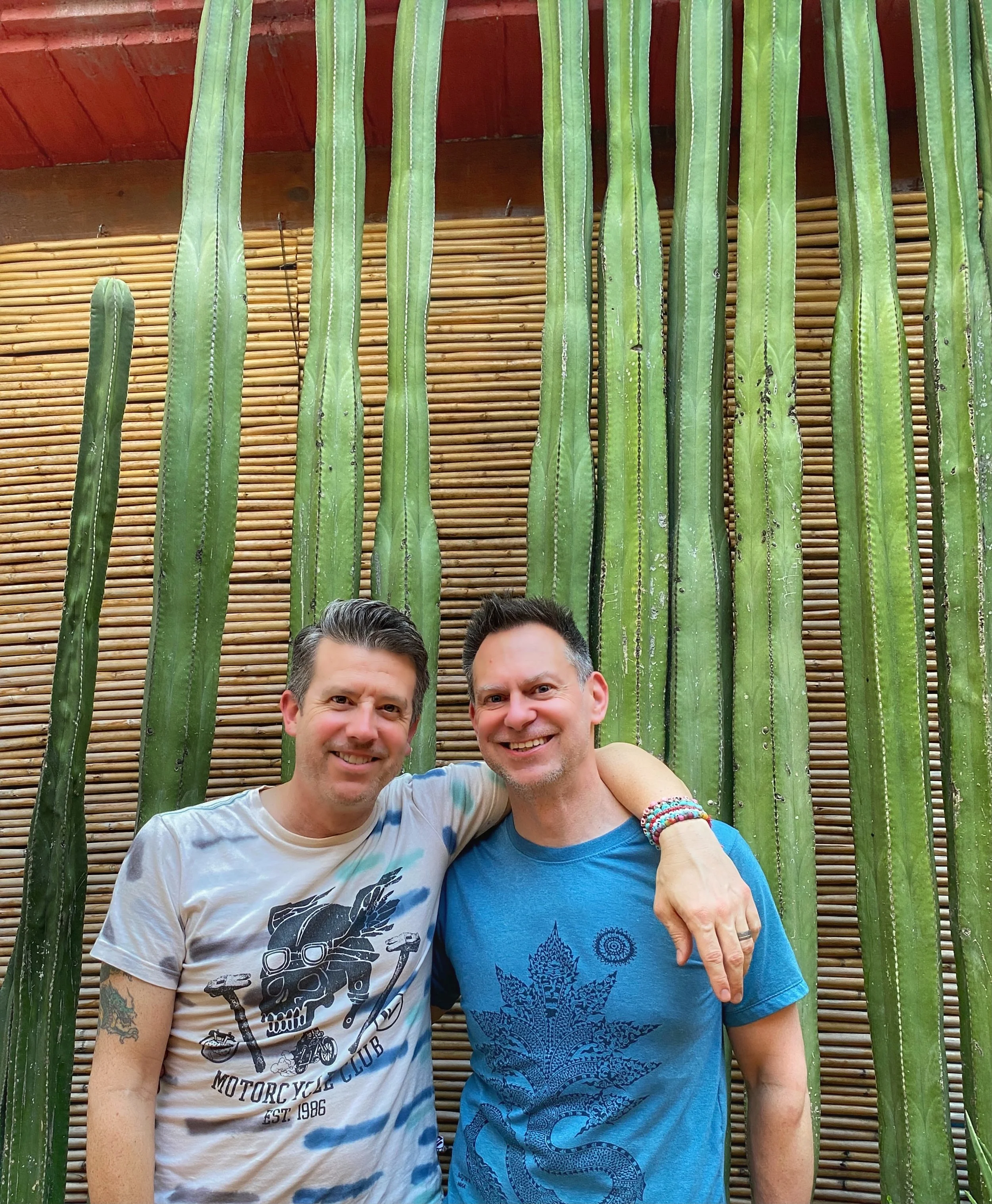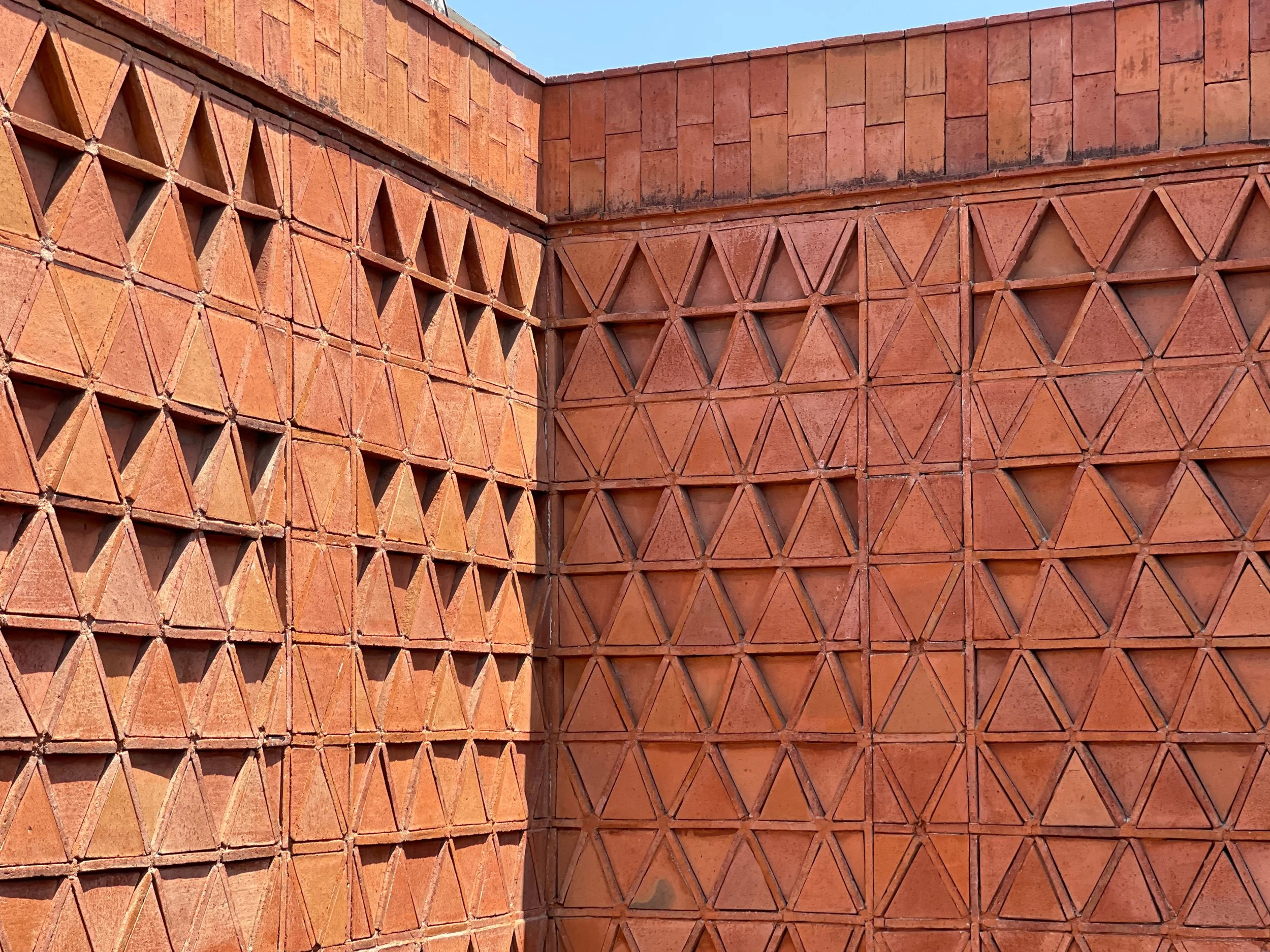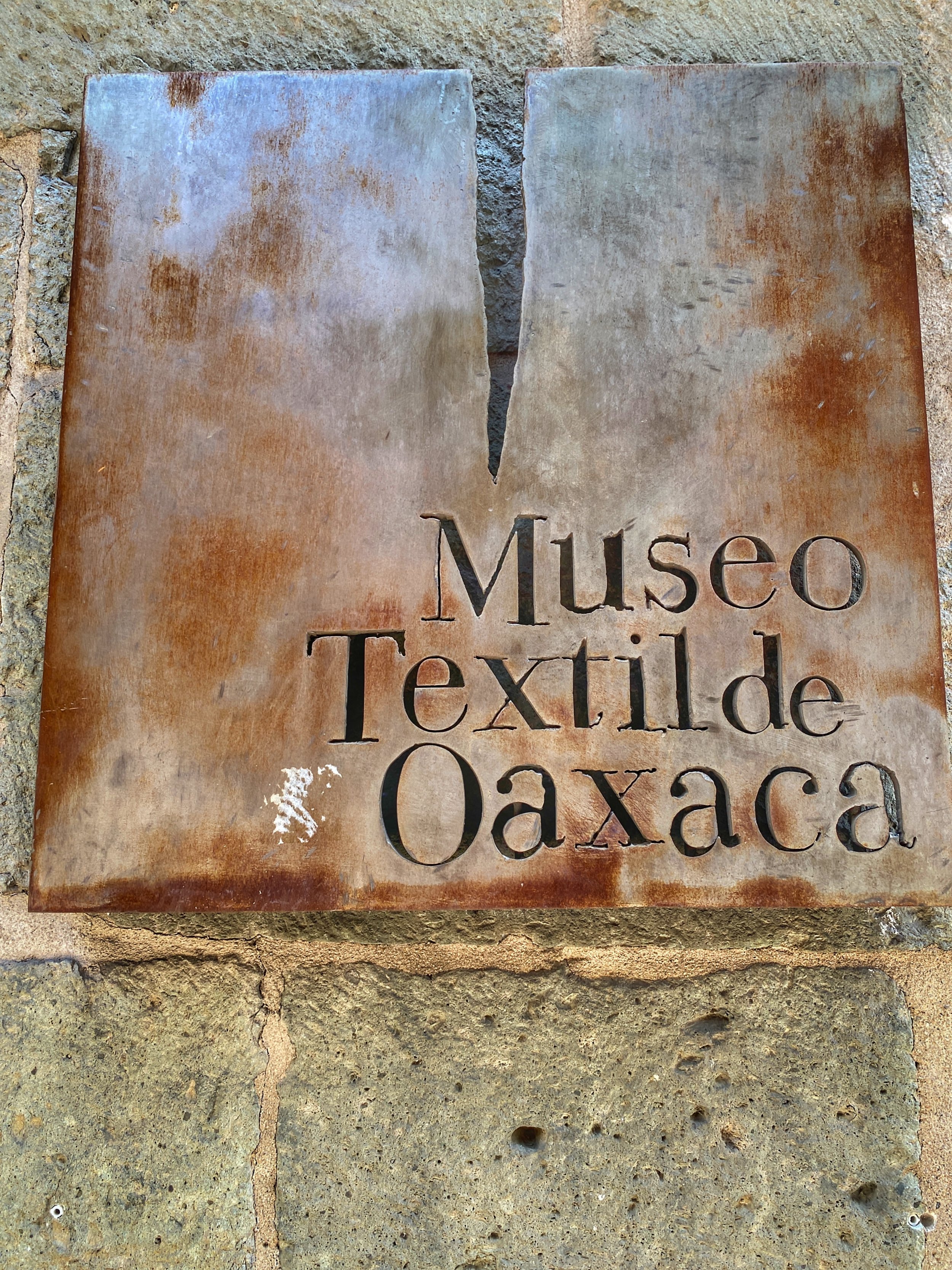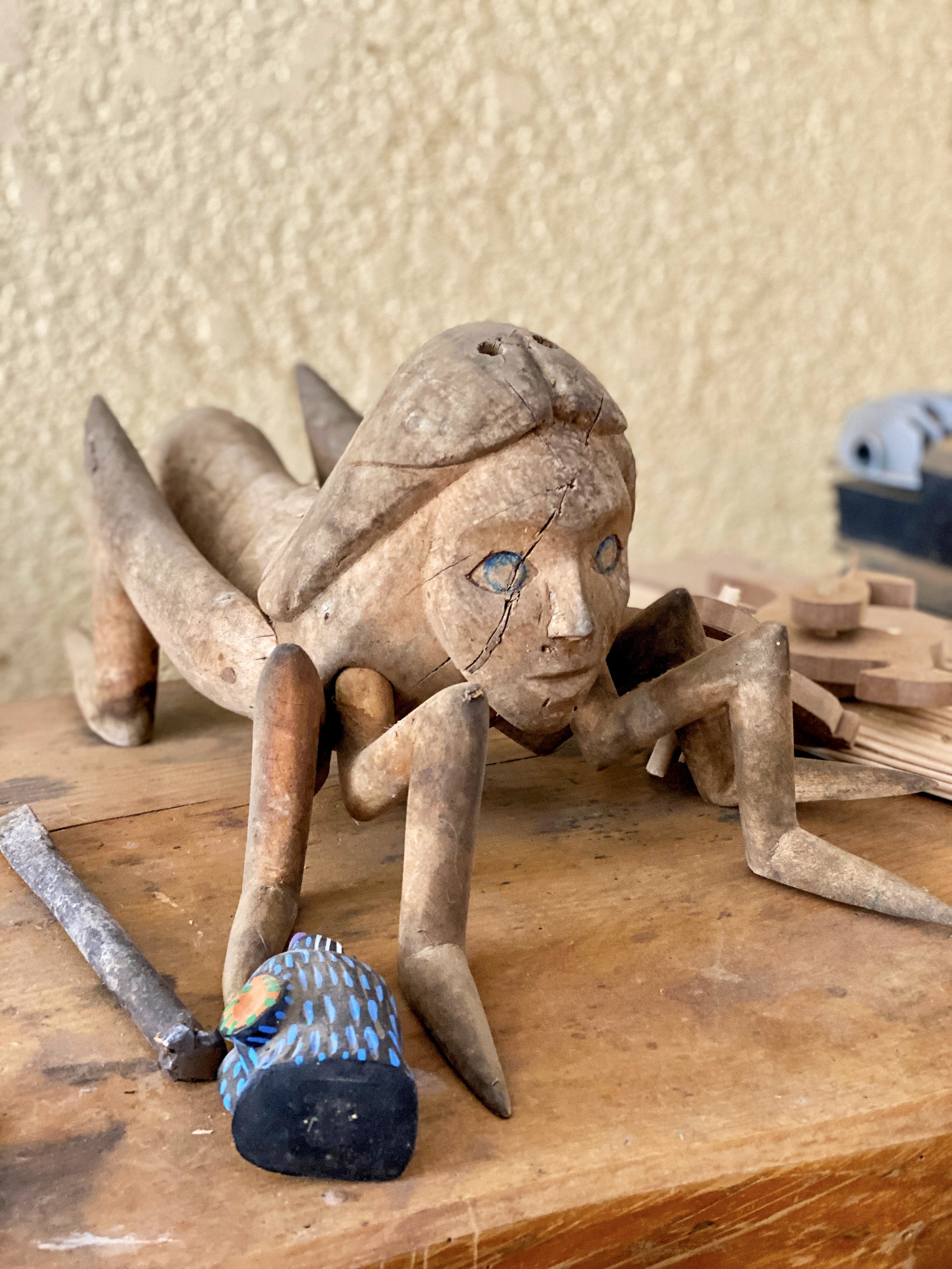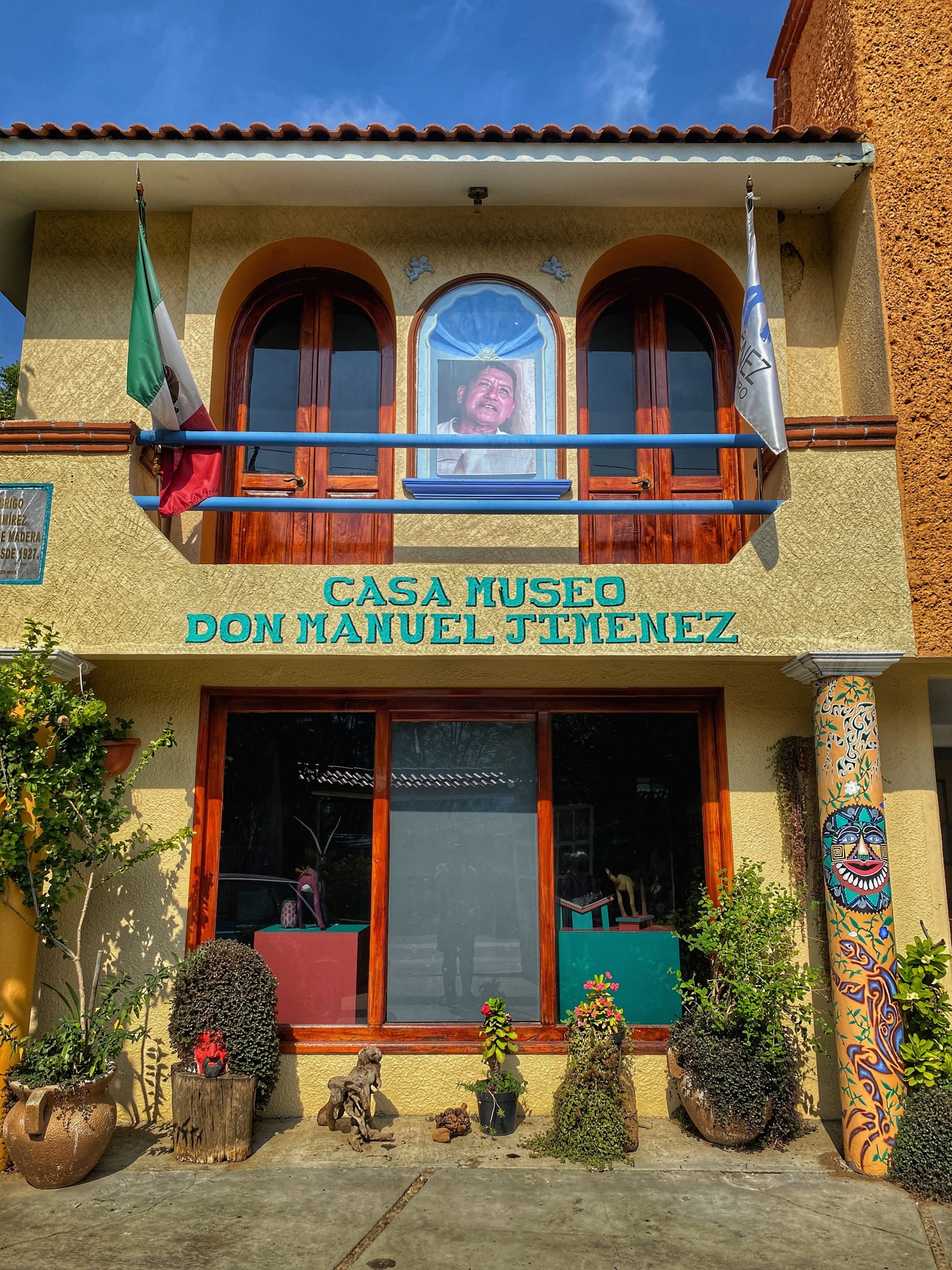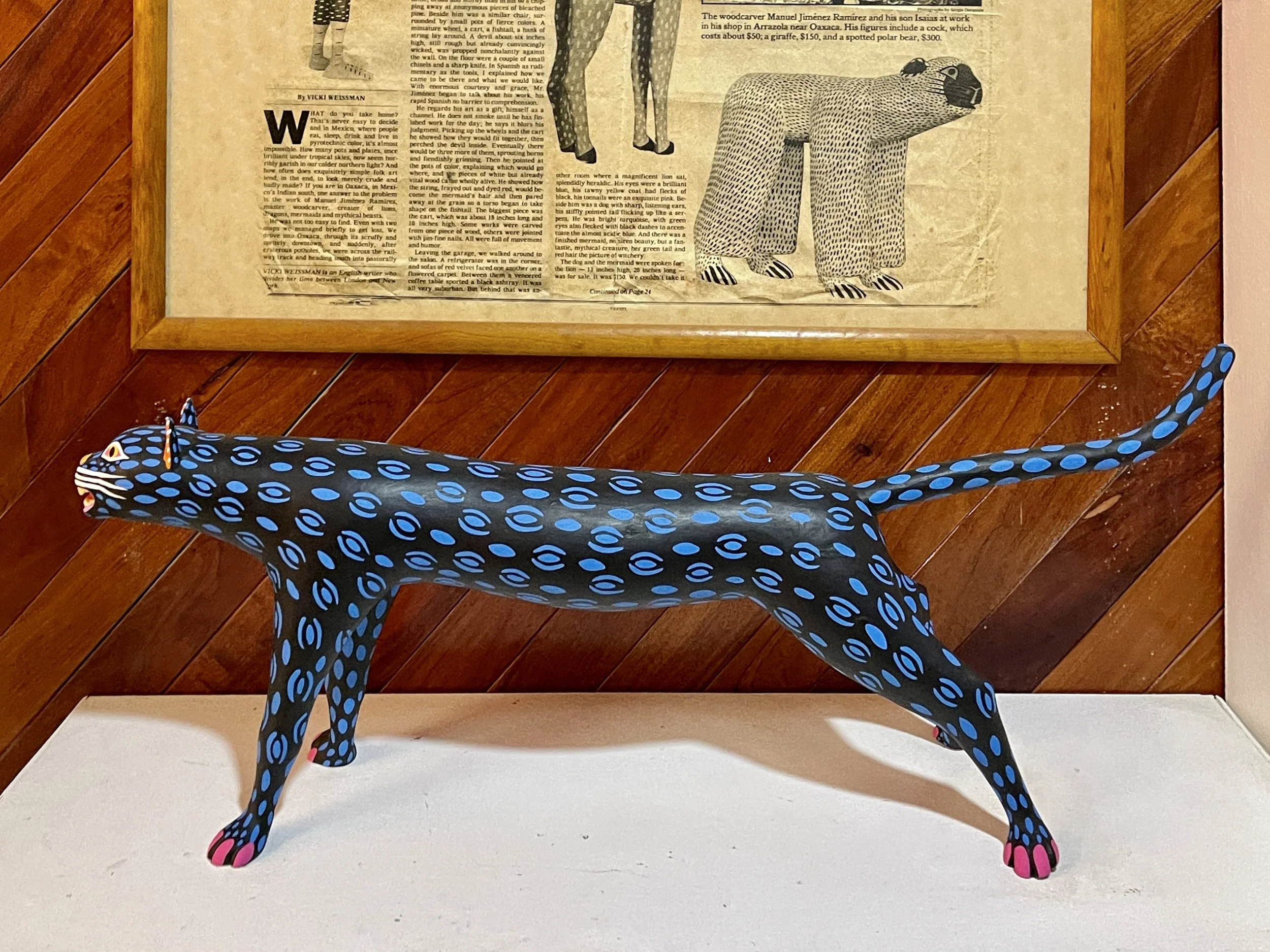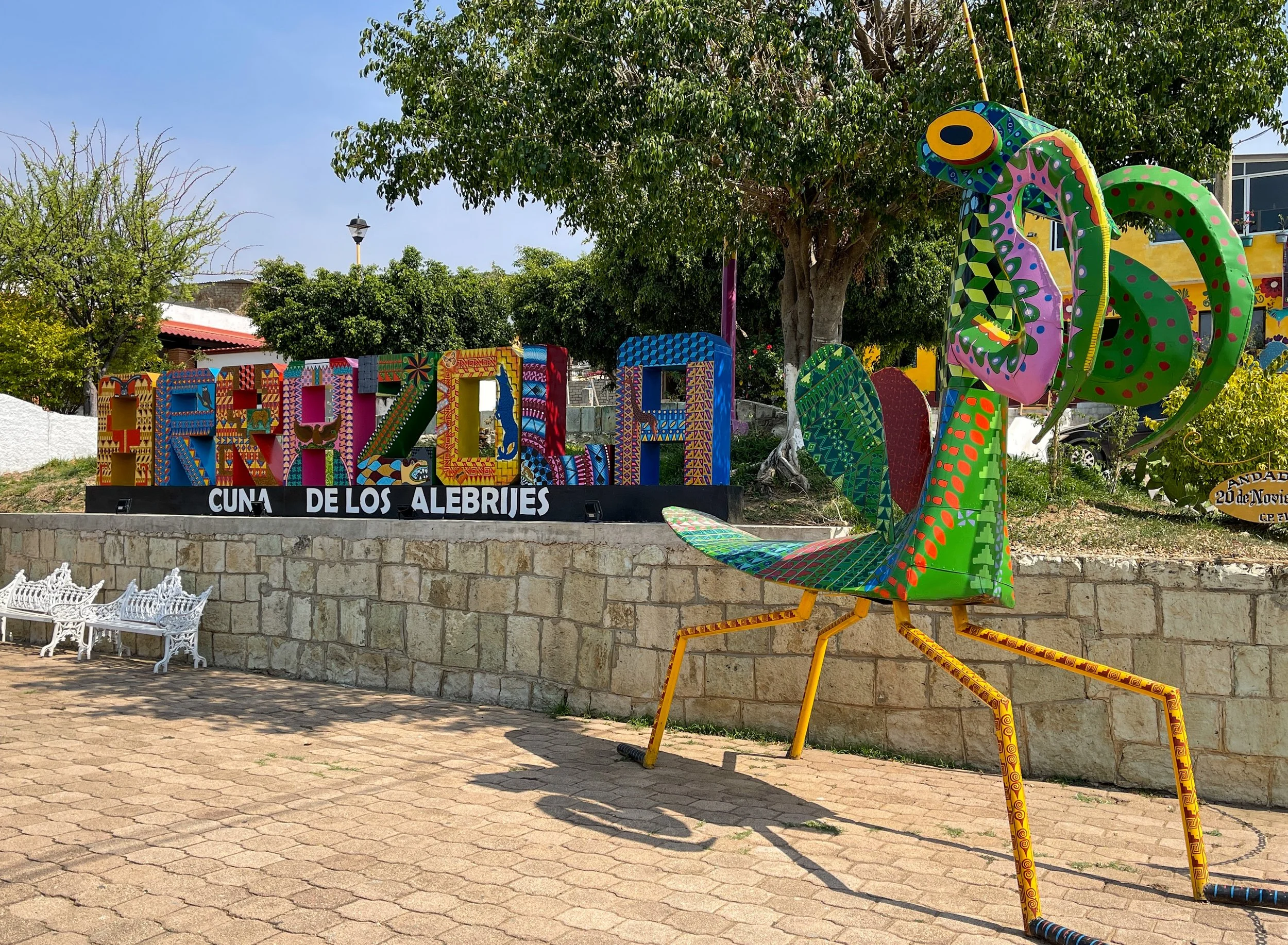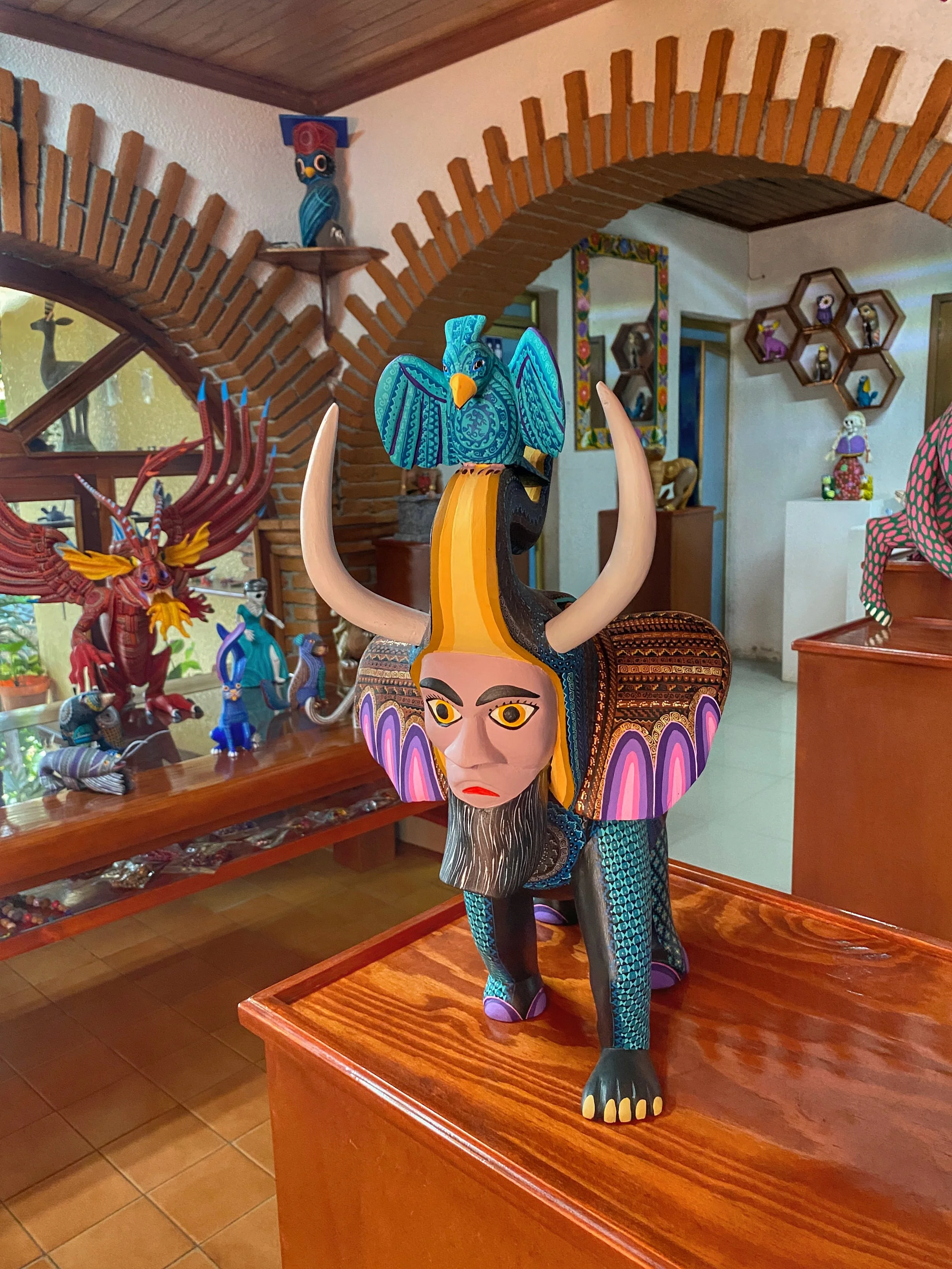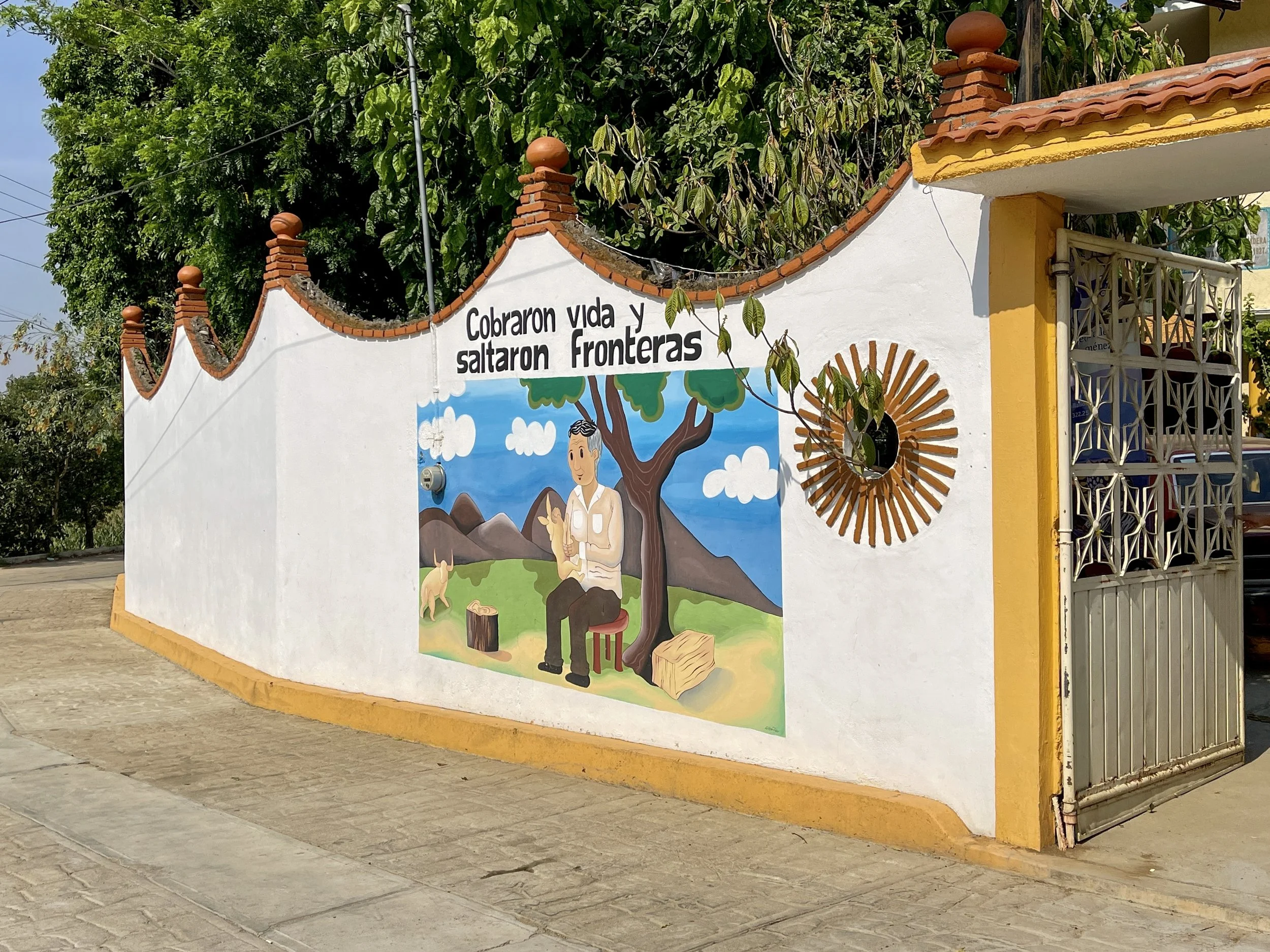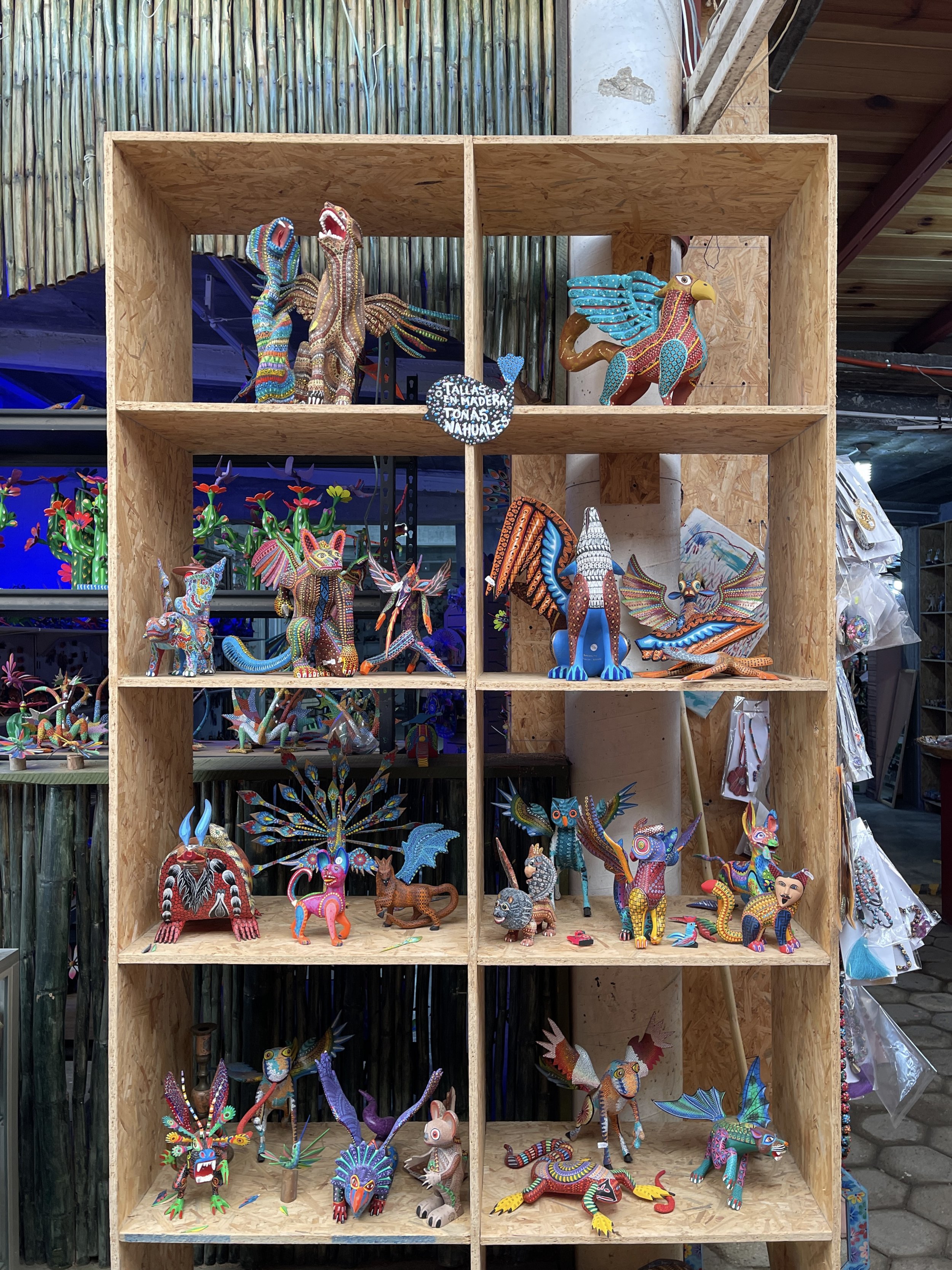10 travel tips for a trip to SMA, concerning everything from navigating the cobblestone streets, avoiding a potential late-night mugging, taking a taxi, and enjoying free music and art.
San Miguel de Allende is so charming it’s easy to forget that you still have to play it safe.
I find it hard to imagine that most visitors to San Miguel de Allende won’t have a marvelous time. But, that being said, there are some easy things you can do to help make things go more smoothly.
“A group of friends headed back to their hotel around 2 a.m., but two of the young women got separated.
Before they knew what was happening, they were being attacked.”
Learn how to pronounce it correctly.
Phonetic spellings aren’t the easiest, but it’s really just the last part that would trip up most foreigners. Try saying the town like this: San Mee-ghell day Ah-yenday.
It’s quite a mouthful, which is probably why some abbreviate it to SMA or simply shorten it to San Miguel.
Watch your step.
As charming as the cobblestone streets are, they’re uneven. It’s hard enough to navigate a trip around the historic town center in the best of circumstances, but when it rained while we were there, the stones became surprisingly slick — all the more dangerous because San Miguel de Allende has quite a few hills.
The sidewalks are narrow in most areas, made of local paving stones, with steps up to front doors and dips down for parking all along the way. It’s easy to imagine a quick slip that would result in a sprained ankle.
I can’t imagine being elderly or mobility-impaired here, and I’m confused how anyone could safely retire in such a hilly town where every step is a potential pratfall. So, reconsider high heels, tractionless sandals or flip-flops unless you’re inside.
Play it safe — and minimize your chances of getting mugged.
Yes, there’s drug-related violence happening in parts of Mexico. And we don’t want to be on the hook if something atrocious happens — but we’ve made quite a few trips to Mexico in recent years and have always felt safe.
I mean, most people wouldn’t think twice about a trip to Chicago, where we live, even though there’s an alarmingly high rate of people getting shot. Much like how you should avoid certain neighborhoods in Chicago, there are areas in Mexico to steer clear of. The U.S. State Department offers travel advisories for Mexico on a region-by-region level.
That being said, after our perfectly delightful stay in San Miguel de Allende, we got a startling wakeup call that reminded us never to let our guard down.
The young woman sitting next to us on the plane back complimented our bracelets and asked if we had a nice time in San Miguel. We gushed about our trip and then asked about her stay. Her face became serious, and Duke and I both started feeling awkward, knowing something dramatic was coming.
“I got mugged,” she said, showing us a large area of bruising on her arm. We listened to her story, eyes wide.
The young woman was in town for a wedding at the Rosewood, one of the fancier chain hotels on the outskirts of town. On a Thursday night, she and a group of friends had been out drinking at the bars. They headed back to the hotel around 2 a.m., but she and a girl friend got separated. Before they knew what was happening, some guy grabbed her.
“I was struggling and fighting back,” she told us. “But then I stopped to ask myself why I was doing that.”
She got off better than her friend. Her assailant punched her right in the face, breaking her nose.
The men took the girls’ purses and cell phones — and the incident ruined the trip and left the young women feeling vulnerable and violated.
Time and time again, we hear about muggings happening to people stumbling home drunk from the bars. (Our friend Kevin, who lives in Oaxaca, gave us similar warnings.) So, please, if you want to go out and have a good time, take a taxi home. Much like in the States, muggings increase late at night on side streets.
Take a taxi when you can — but figure out the cost before you get in.
Duke and I found SMA to be a very walkable city (if a slightly precarious one — see the second tip). If you’re staying at one of the large hotels farther out, I suppose you could hop in a green taxi to get into el Centro. Just agree on your price beforehand. We didn’t taxi around town too much, but you shouldn’t pay more than 100 pesos (5 bucks) a trip.
Skip Uber — and be prepared to fork over a substantial sum for day trip transportation.
If you’re going for a longer ride outside of town (to the quirky Chapel of Jimmy Ray, La Gruta hot springs, the church of Atotonilco or the city of Guanajuato, say), you’ll have to arrange a driver. Uber isn’t the amazingly easy and affordable option it is in Mexico City. When we visited at the end of 2022, our drivers canceled on us or the app declared that no rides were available.
A round-trip to Guanajuato was $160, but that involved hiring a driver for the day, from 10 a.m. to 5 p.m. We got dropped off at the Mummy Museum, wandered by foot along Calle Tepetapa and Avenida Benito Juaréz, then took the funicular up to the overlook. As we headed back down, we texted our driver, and he picked us up near the funicular ticket booth.
So, unfortunately, your best option sometimes is to fork over ridiculously high amounts to get most places. Our hotel-arranged airport pickup, for instance, set us back $128 (though it was an hour-and-a-half ride).
Not wanting to pay that much when we went back to the airport, we simply went down the street to the taxi stand we noticed along Plaza de la Soledad. The first driver who pulled up said he’d take us to Querétaro Airport for about $60 — half what we paid previously.
Carry change with you for the bathroom — and know which one you’re supposed to go in.
There are public bathrooms scattered throughout town — but as mentioned in our article on tips for Oaxaca, you’ll have to shell out some pesos to use them. Elsewhere, we’ve found baños typically cost about 5 pesos; here it was often 10 to 12 pesos (we’re still talking about less than a dollar).
Speaking of baños, if you see a door with an M on it, that doesn’t stand for “men.” It’s “mujeres” — the word for “women” in Spanish. Hopefully this saves some men from the awkward situation of walking into the women’s room. The men’s room will have an H on it for “hombres.”
Enjoy free live music.
In the evening, mariachis take over the main square, el Jardín de Allende, in front of the big church. It’s a sporadic affair: Sometimes a lone trumpet player will break out into a tune; sometimes a line of six men will play a song for a group of people sitting on the wall in front of San Miguel Arcángel.
You should definitely devote some time to hanging out in the Jardín in the evening, maybe having a drink at one of the corner cafés, and enjoy the free show.
Climb the hill to the Mirador for a view of the town.
It’s a cool vantage point to see the city center and the surrounding sprawl — just not an amazing one. It’s quite a hike up to the Lookout, and the trip down the slippery, uneven stones can be hard on the knees. Plus, you’ve got to constantly dodge cars on the narrow streets.
That being said, if you’re in reasonably good shape and have some extra time in SMA, we do recommend making the trek up to the Lookout.
Bring an umbrella.
When it rains, water flows from canales, spouts that jut out a few feet — pouring down smack dab in the middle of the sidewalk. And even hours after it has rained, those spouts are still dribbling out water.
Admire the art — even if you’re not there to make a big purchase.
Whereas Oaxaca is rooted in folk art traditions like the wooden creatures called alebrijes, SMA has a history of fine art. You’ll pass numerous spots showcasing sculptures and paintings, and we didn’t feel any pressure from salespeople in the galleries and high-end shops we popped into.
If you follow these tips and avoid trouble, you’re sure to have an amazing time in San Miguel de Allende. It’s not hard to see why so many American and Canadian expats have decided to call this magical city home. –Wally

